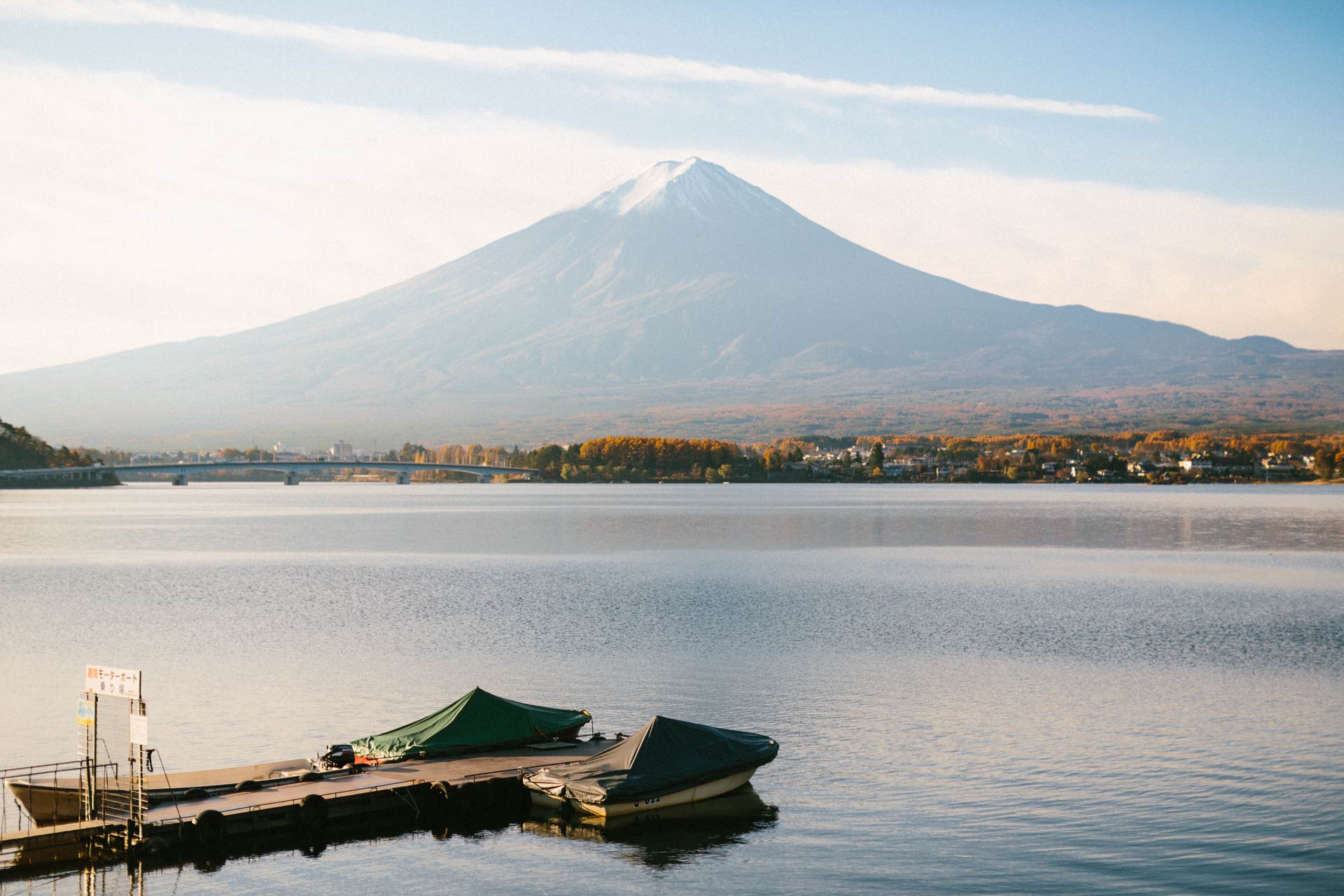
We begin the next leg of our journey immediately from where we left off in Part 1, leaving the bright lights and bustling sounds of Tokyo for the quiet beauty of the Japanese countryside.
This is probably our favourite part of our travels across Japan — it’s also the shortest, at two days with seven hours on the train between them.
Just over halfway to Mt. Fuji, our train from Tokyo came to a halt at Ōtsuki station, a quaint little terminal with wooden accents that gave it a lodge‑y (if not toy-like) feel. Guides ushered guests to their next stop and, as we bought our tickets for the next train, one of them suggested we take the Fujikyu Railway instead of any of the other options. He hinted that we would enjoy it more, and that if it was our first time in the area, it was a must. He was right.
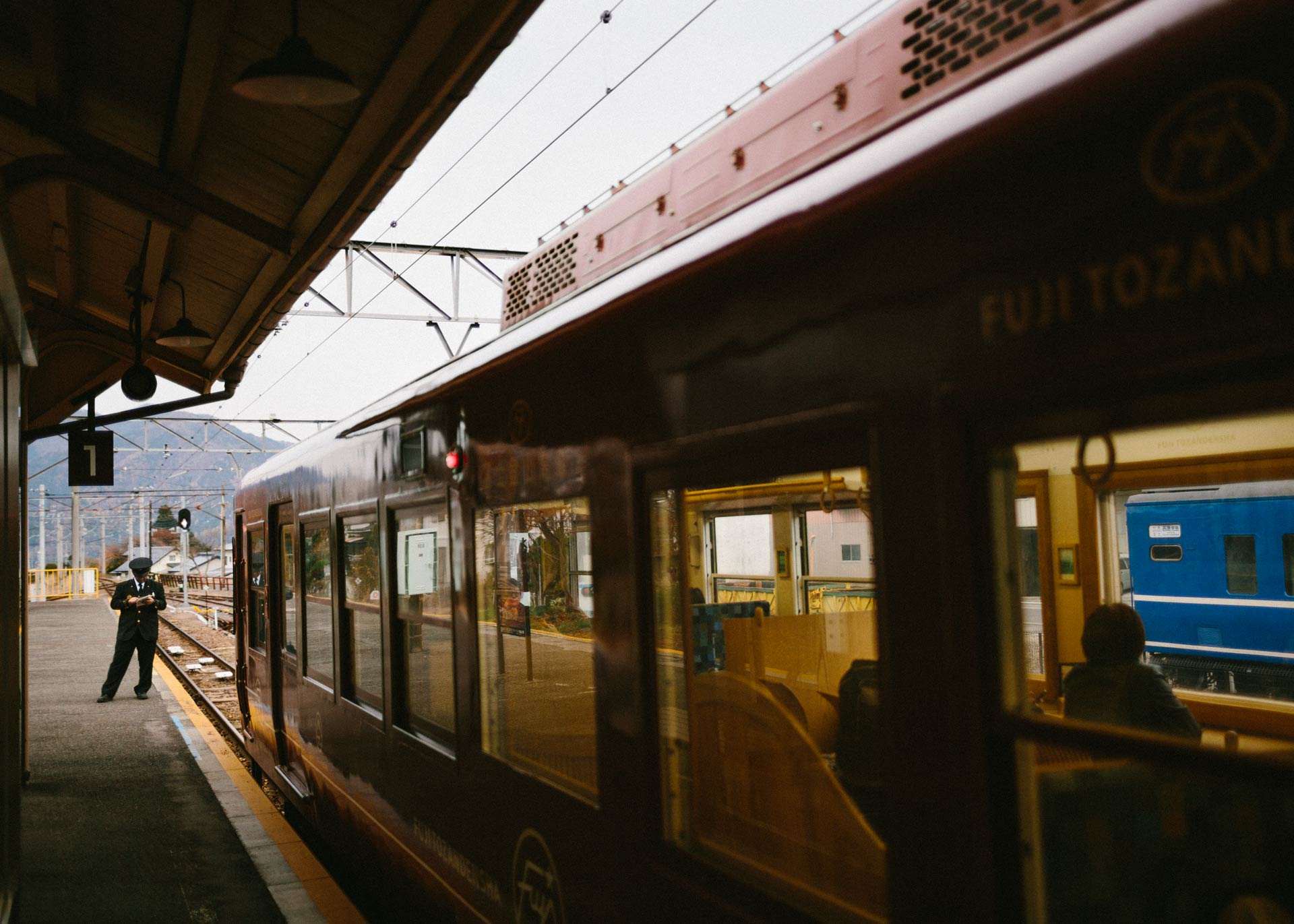

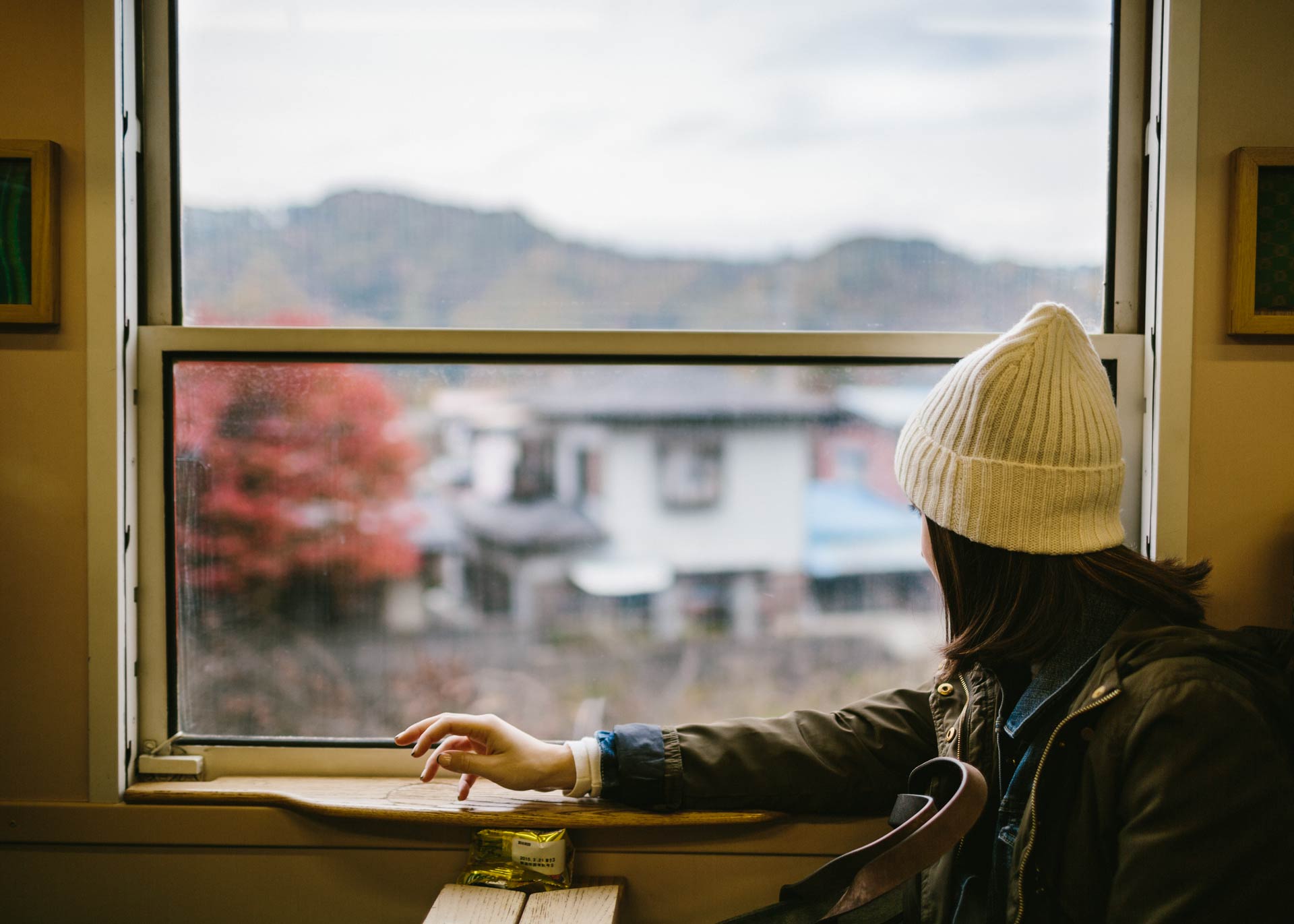
Like something out of a Wes Anderson movie, each cabin was meticulously decorated to look like a ski lodge, complete with comfortable sofas to lounge on as Mt. Fuji comes into view. A pre-recorded narration — in both Japanese and English — directs passengers to notable sights throughout the ride. It was an amazing experience and one that would be hard to pass up on even the next time we make our way to Fuji.
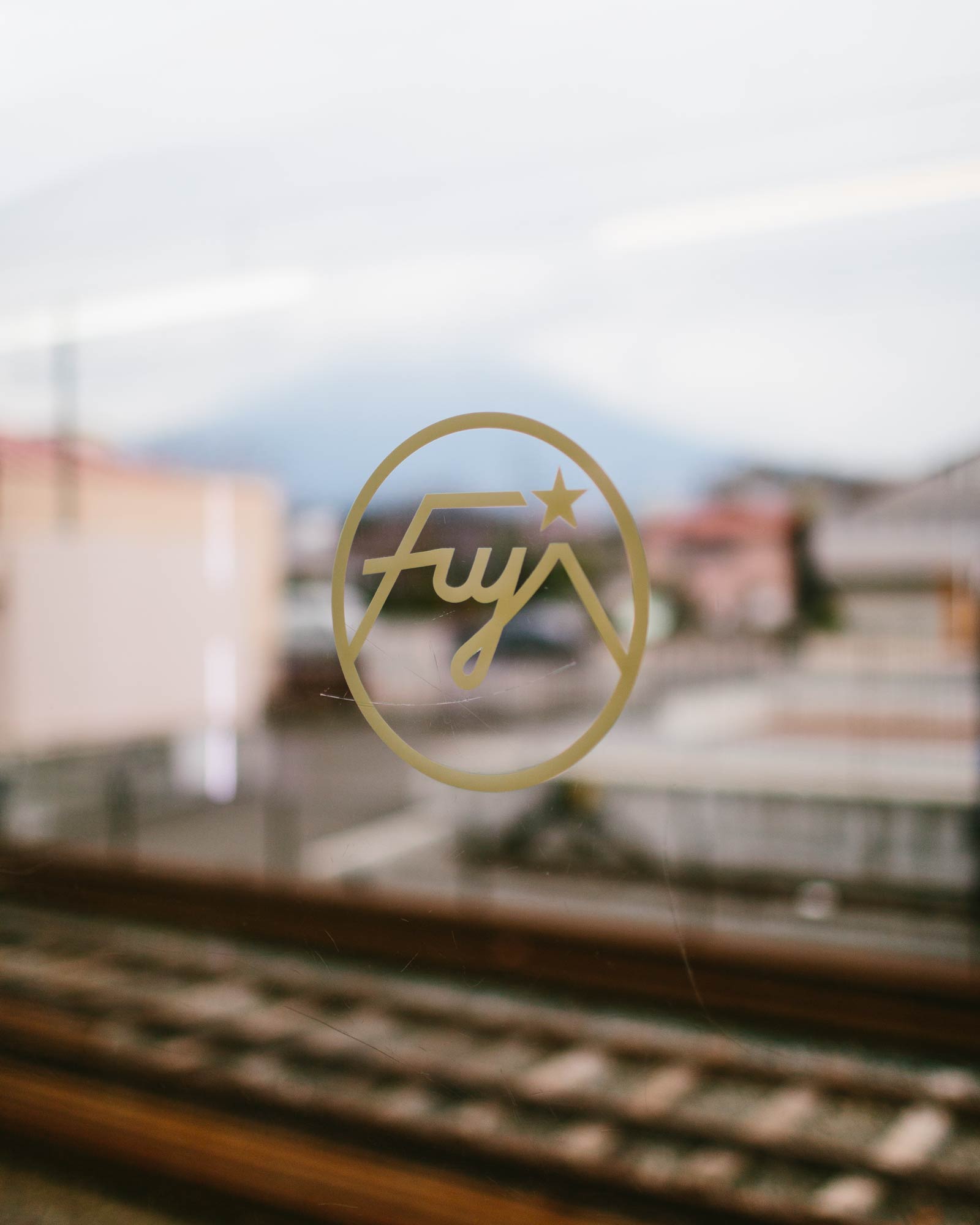
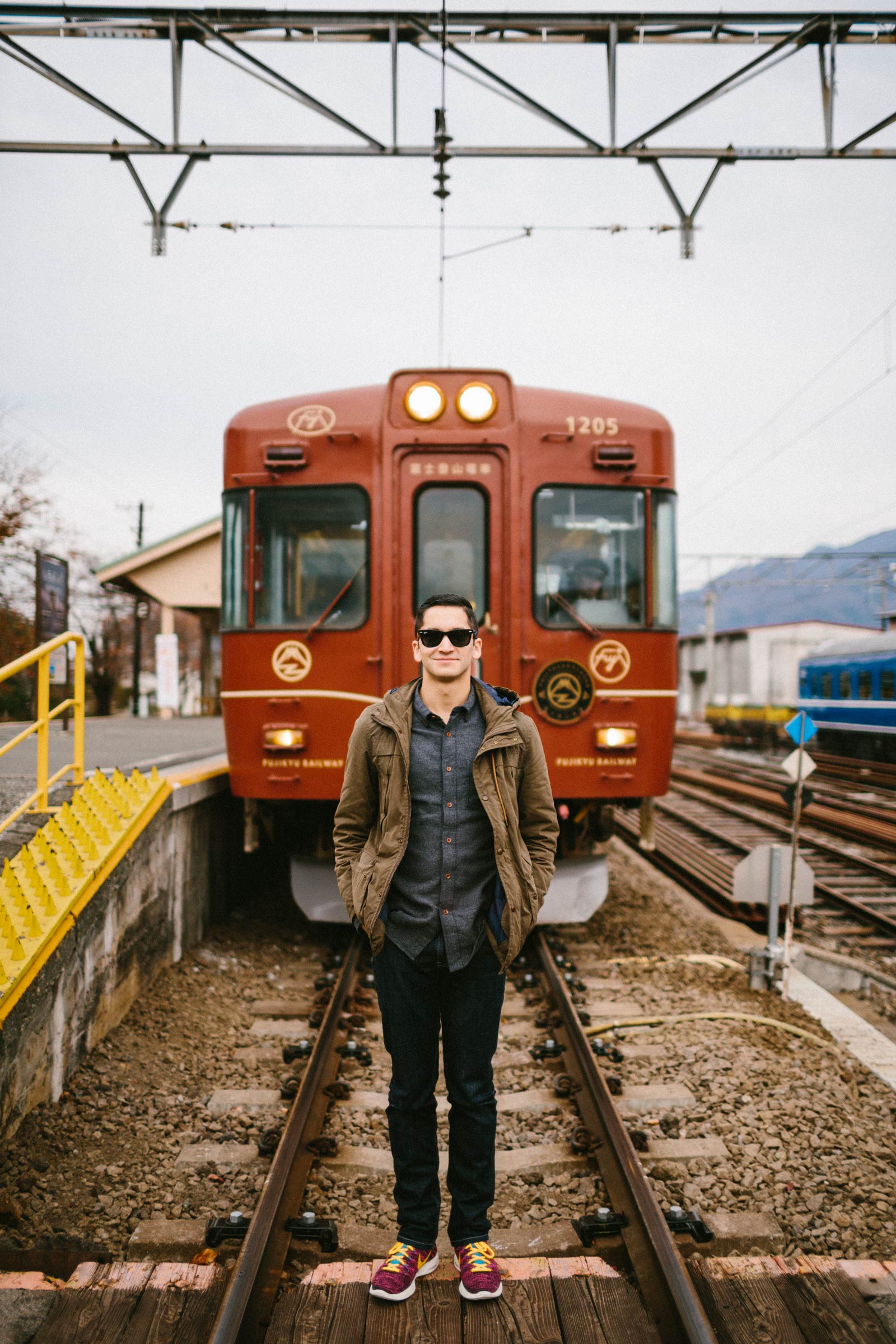
We arrived at Kawaguchiko, part of the Fuji Five Lakes area, where we were immediately greeted by what would have been our other mode of travel — a train decorated with Fuji cartoons — amongst other Fuji-themed sights.
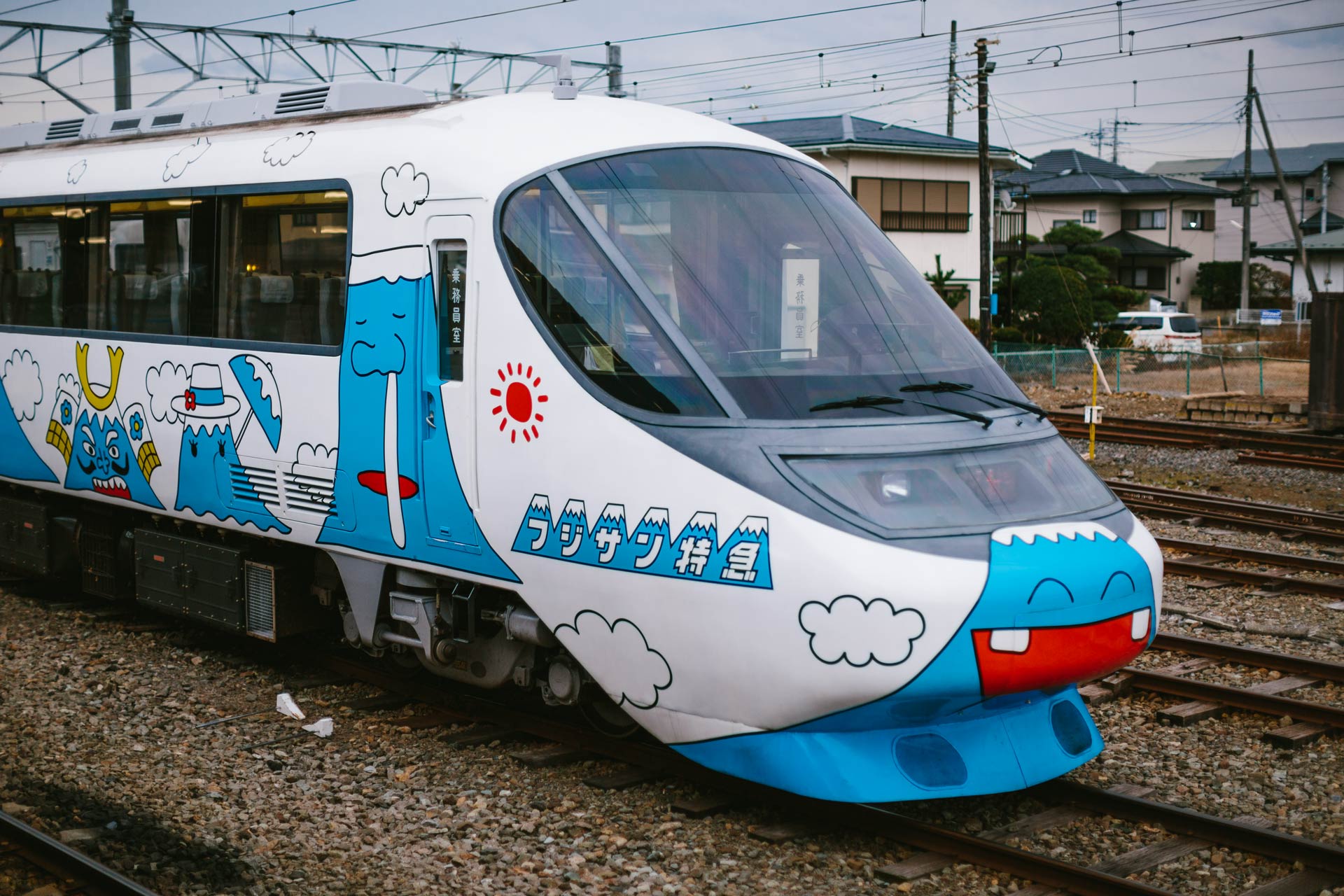
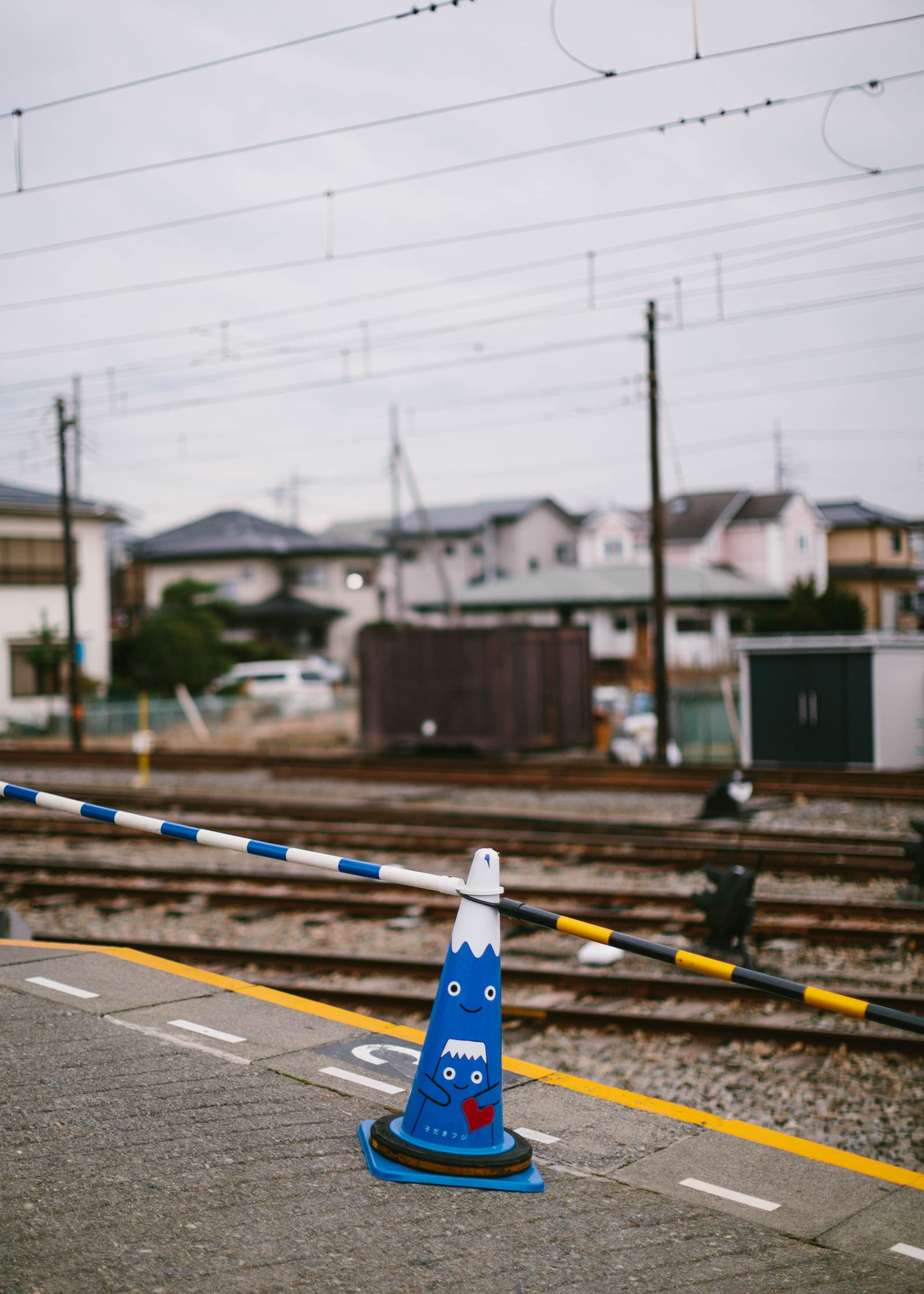
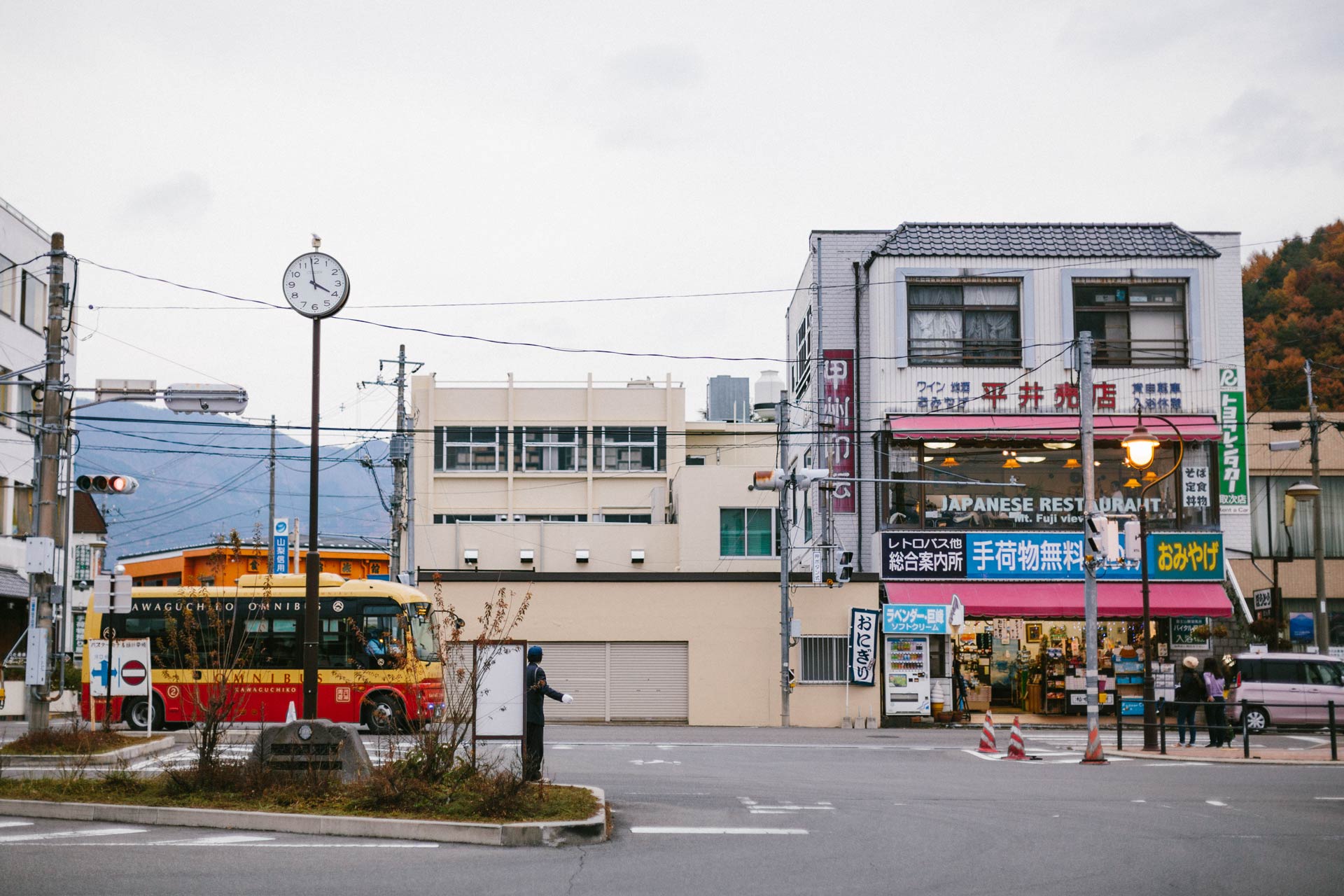
It was getting dark quickly, so we shuttled it to our hotel, Shuhokaku Kogetsu. This, along with our hotel in Yudanaka, were ryokans. Ryokans are more traditional, atmospheric inns in Japan, complete with sliding paper doors, yukatas (casual kimonos), private kaiseki (traditional multi-course Japanese dinner), and public onsens. These may or may not be your cup of tea, but in Japan, these are luxury and preferred over traditional Western accommodations, and they’re priced accordingly as well.
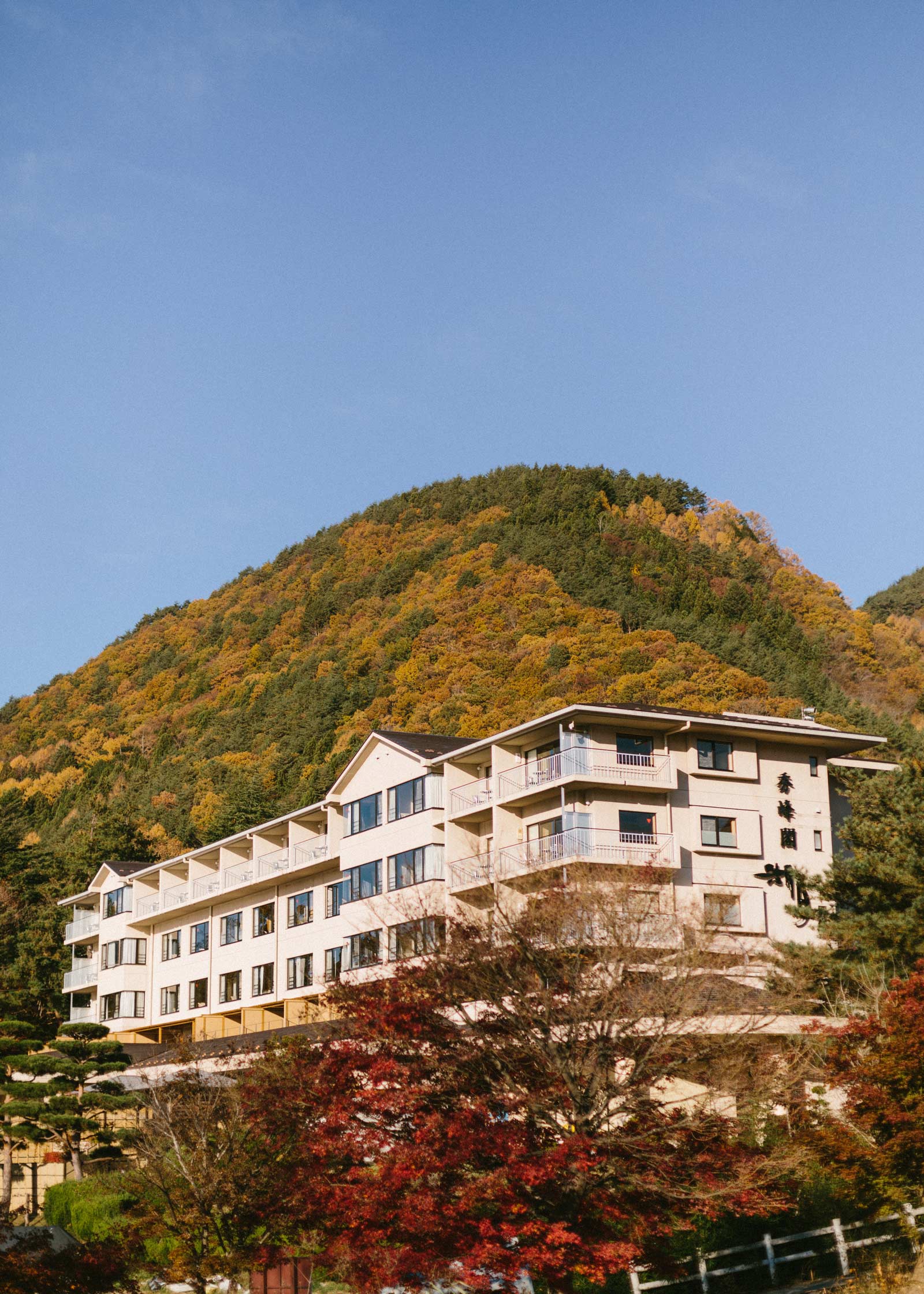
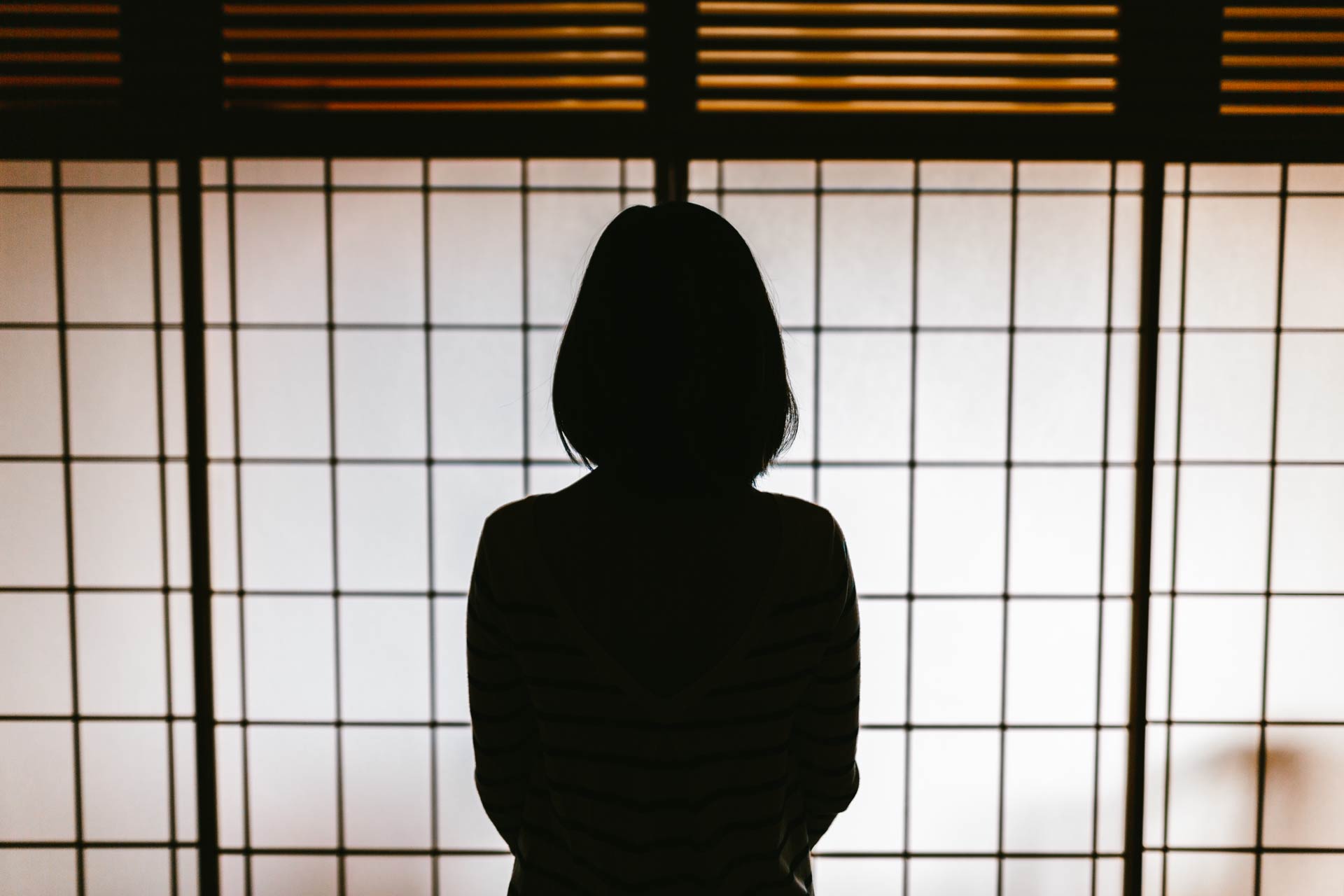
Speaking of cups of tea, there was a pot of freshly-brewed green tea in the room when we arrived. It was a nice warm way to end a long day of traveling and start what would be a very short, yet awe-inspiring stay near Mt. Fuji.
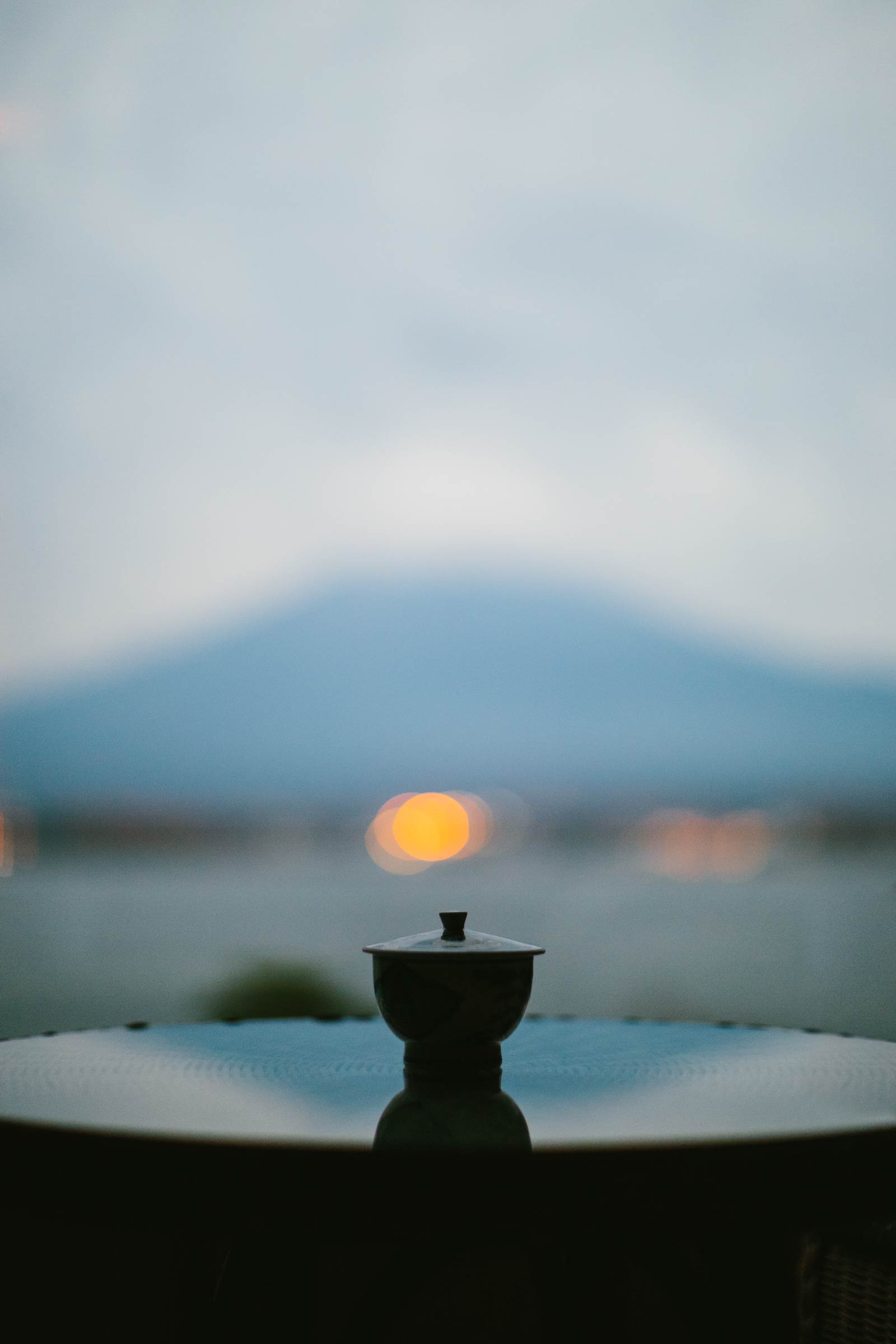

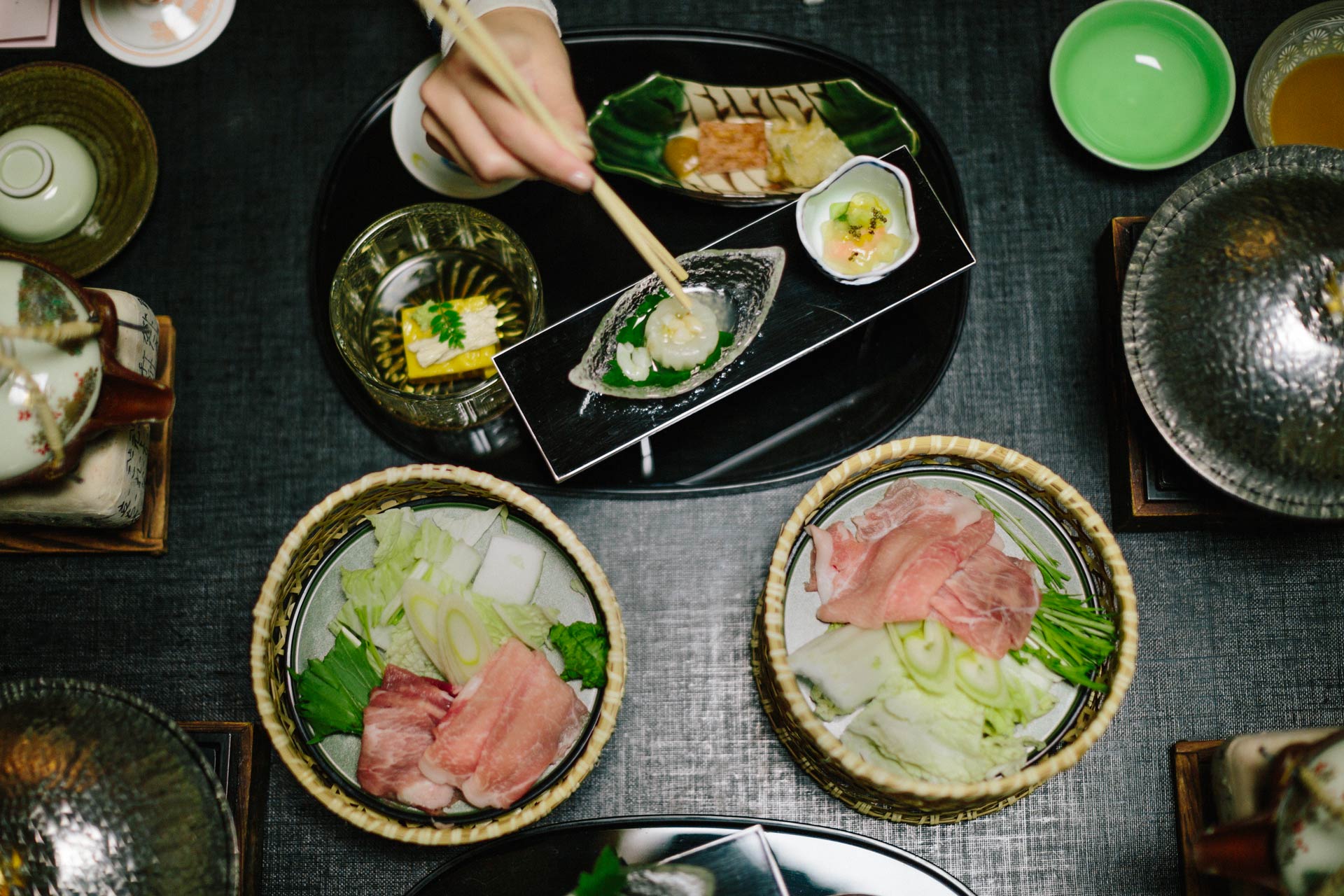
The Kaiseki dinner was welcome, although not entirely edible. There were a few hits, and some disastrous misses, usually in the form of an unrecognizable gooey substance. We knew there would be horse meat at some point, and it was actually one of the better tasting meats in the meal — in fact, it was delicious.
We were told there was a maple festival happening just down the road, so we went to check it out after dinner. It was a nice short walk through a park with elaborate lighting set up to accent the changing leaves of the maple trees at night. We wanted to visit Fujiyama Cookie, but because Kawaguchiko is such a small town, everything closes pretty early. Our only regret was not arriving any earlier that day. Seeing as we were taking off the next morning, we would be leaving this serene little spot unexplored.
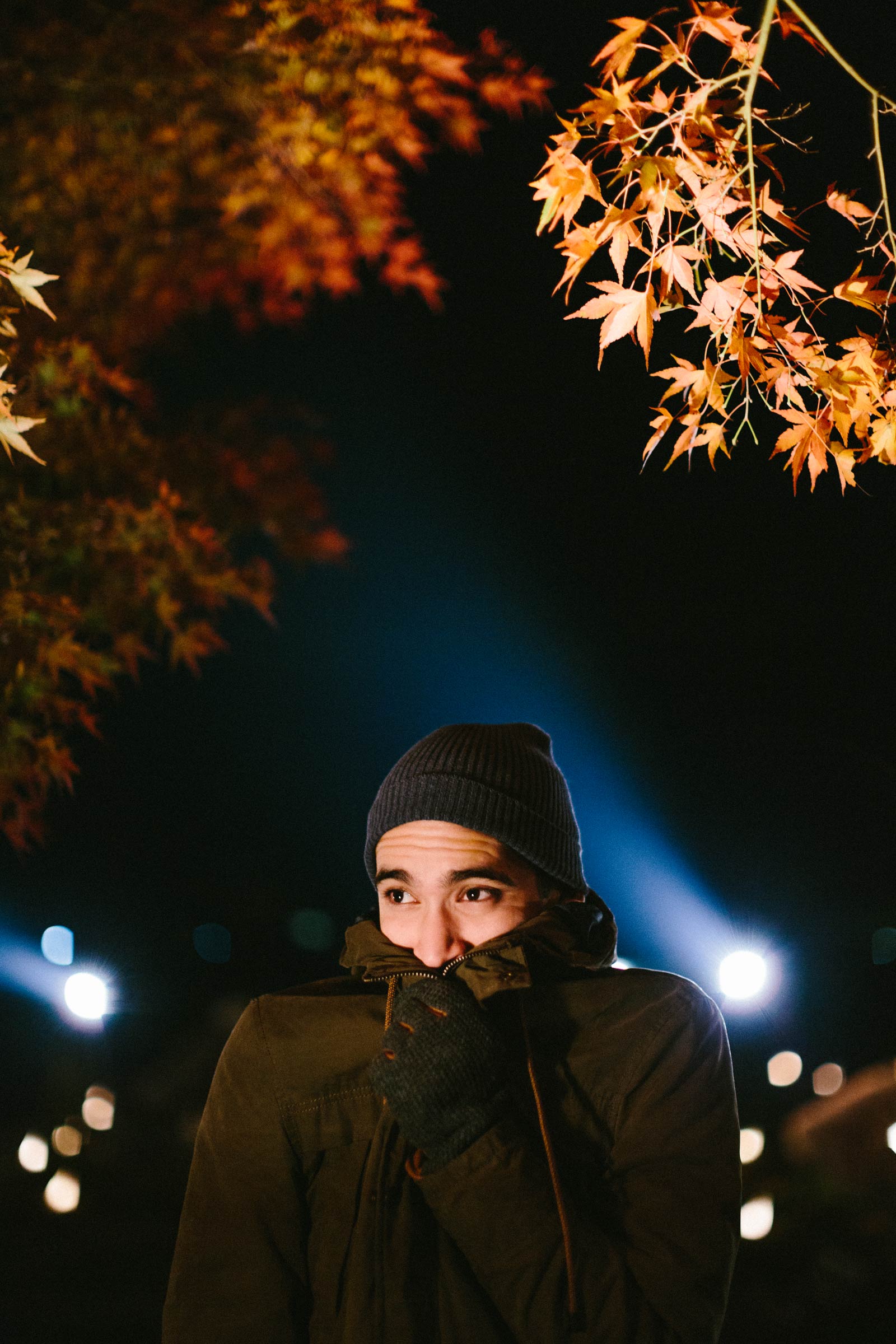
BUT we did go for a hike in the morning just before leaving to get a better look at Mt. Fuji. The view across the lake was nothing short of breathtaking. Actually, it was indescribable and we only hope that these photos do it justice.
We really weren’t expecting to feel anything when looking out unto that lake, Fuji towering in the background — we’re not ones to be awed by things like that — but it’s hard to not be completely taken aback by its grandeur and sheer beauty.
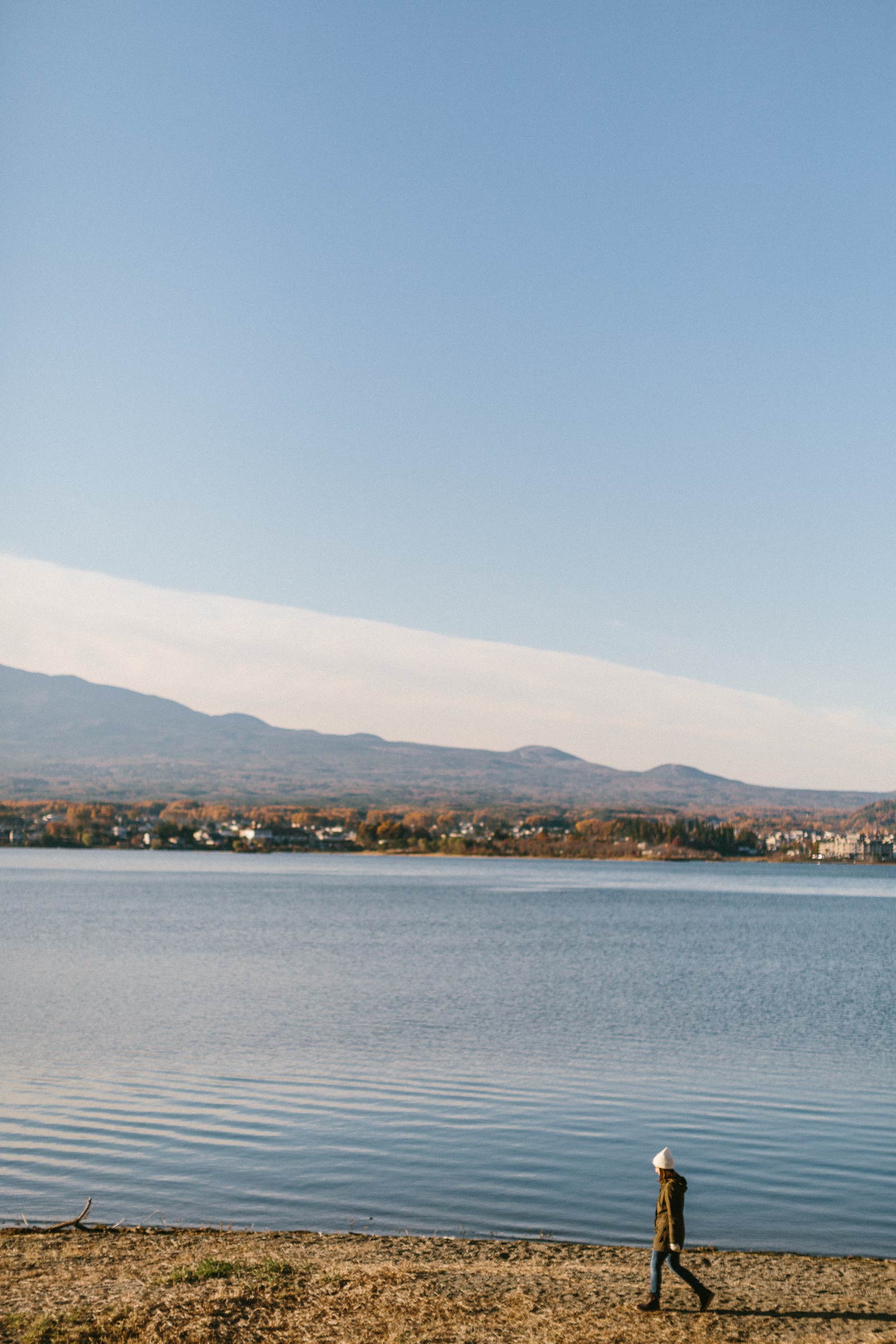
Victoria walking over to the perfect vantage point.
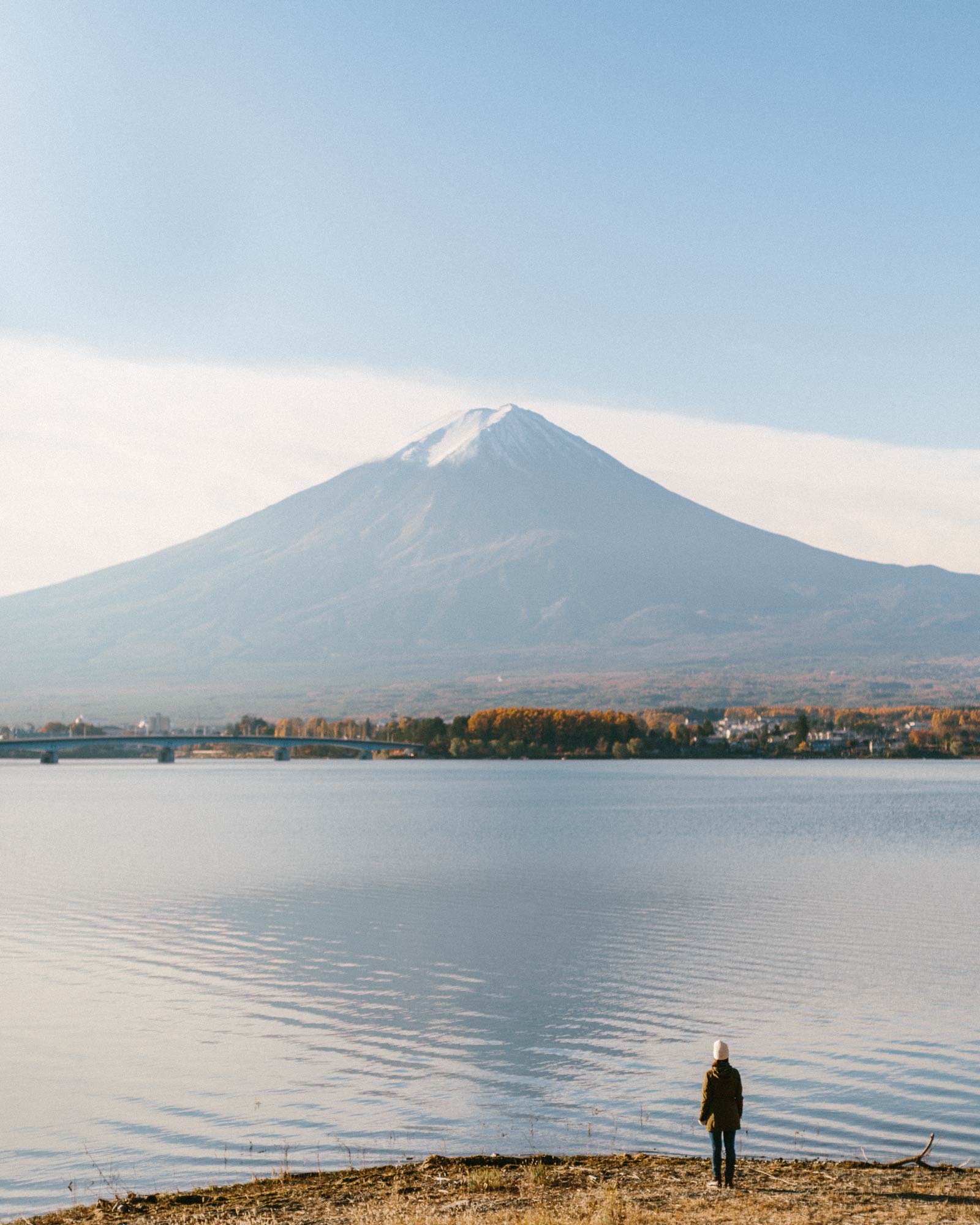
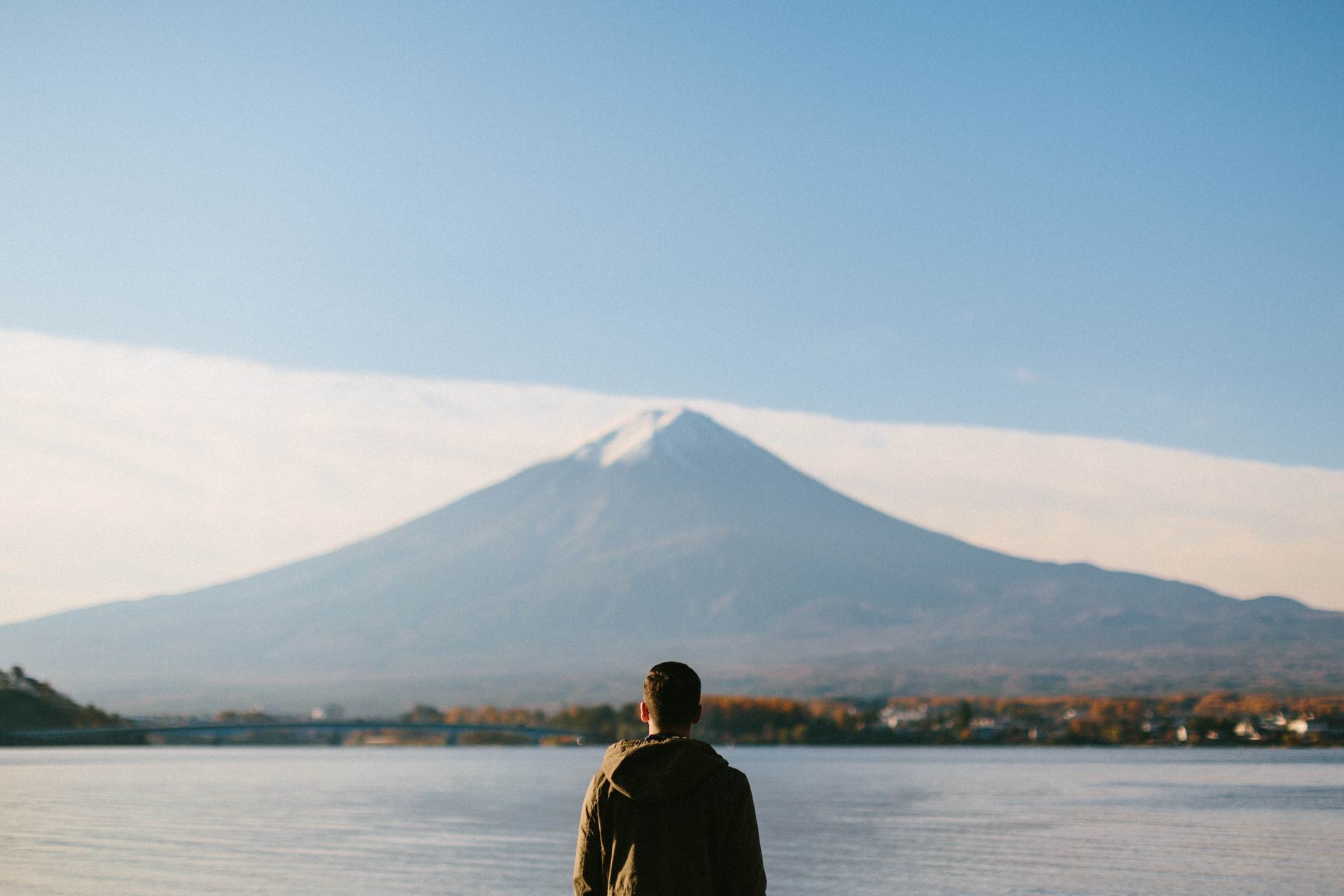
We left Fuji for what would be a 6‑hour sequence of train rides to Yudanaka, the most rural location in our itinerary. We picked up lots of snacks and a handful of questionable alcoholic drinks for the journey. A couple of transfers (and one near devastating miss of the last train to our destination) later and we had arrived at Yudanaka.
It was another small town, but surprisingly developed for being the most rural and most remote stop on the train route.
There were two things we were really excited for here: trekking to the Jigokudani Monkey Park, and enjoying our own private onsen on the balcony of our room. It was perhaps this excitement that pushed us to forego calling our hotel’s shuttle and walk there instead (“It’s only 5 minutes away!”). After so many hours of sitting, it was nice to stretch out our legs, breath in the cleaner air and take in all the sights.

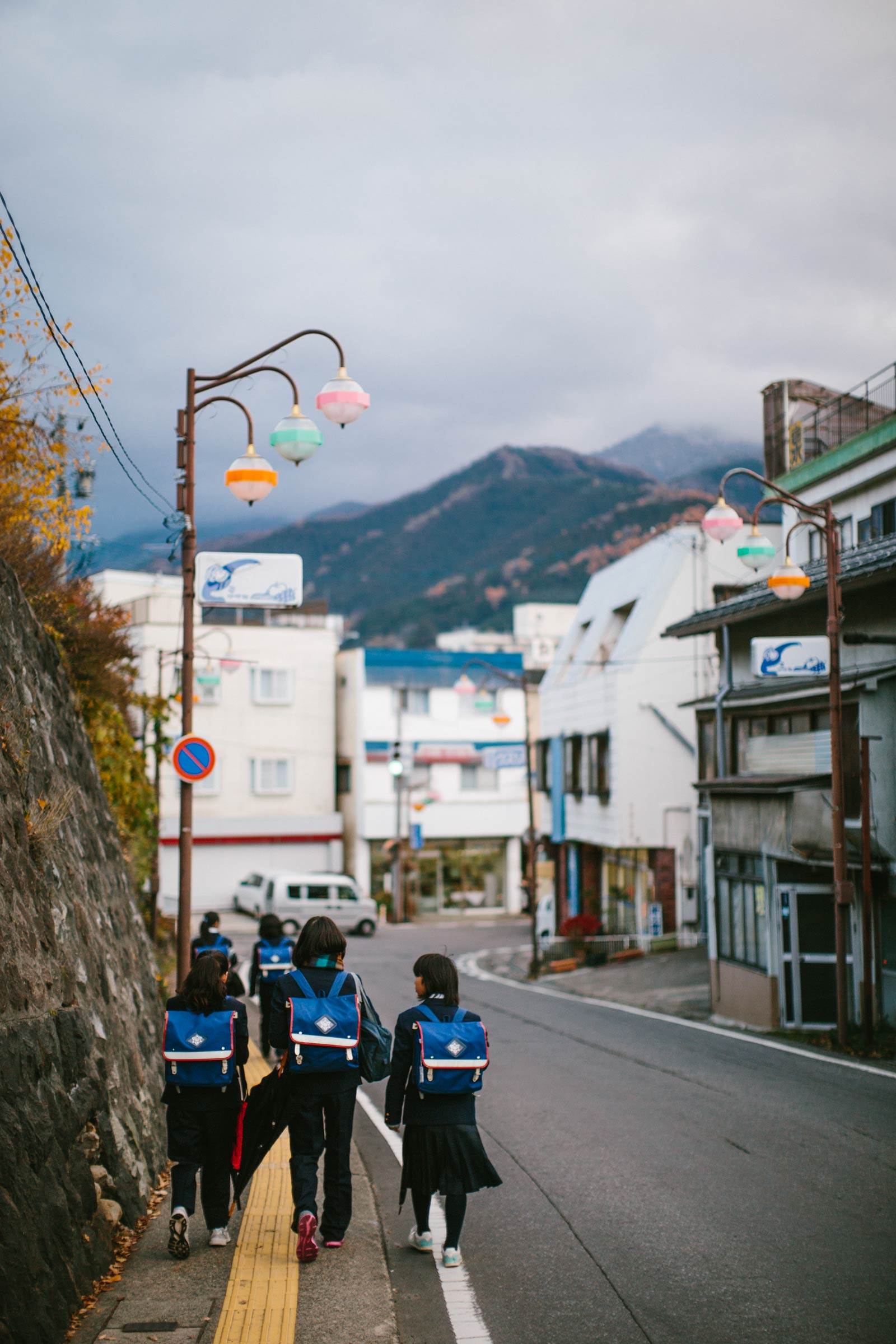
We quickly realized that instead of taking the road that our hotel was on, we had strolled down a parallel street that slowly broke away from our destination but that Google Maps assured us connected to it later down the road. Only thing was that these parallel roads were simultaneously ascending and descending and the little connection that Google let us in on was a massive climb of tiny steps up the side of the hill. Because Ricardo is terrified of heights, this was a hilariously entertaining milestone, which he sort of crab-walked towards the end.
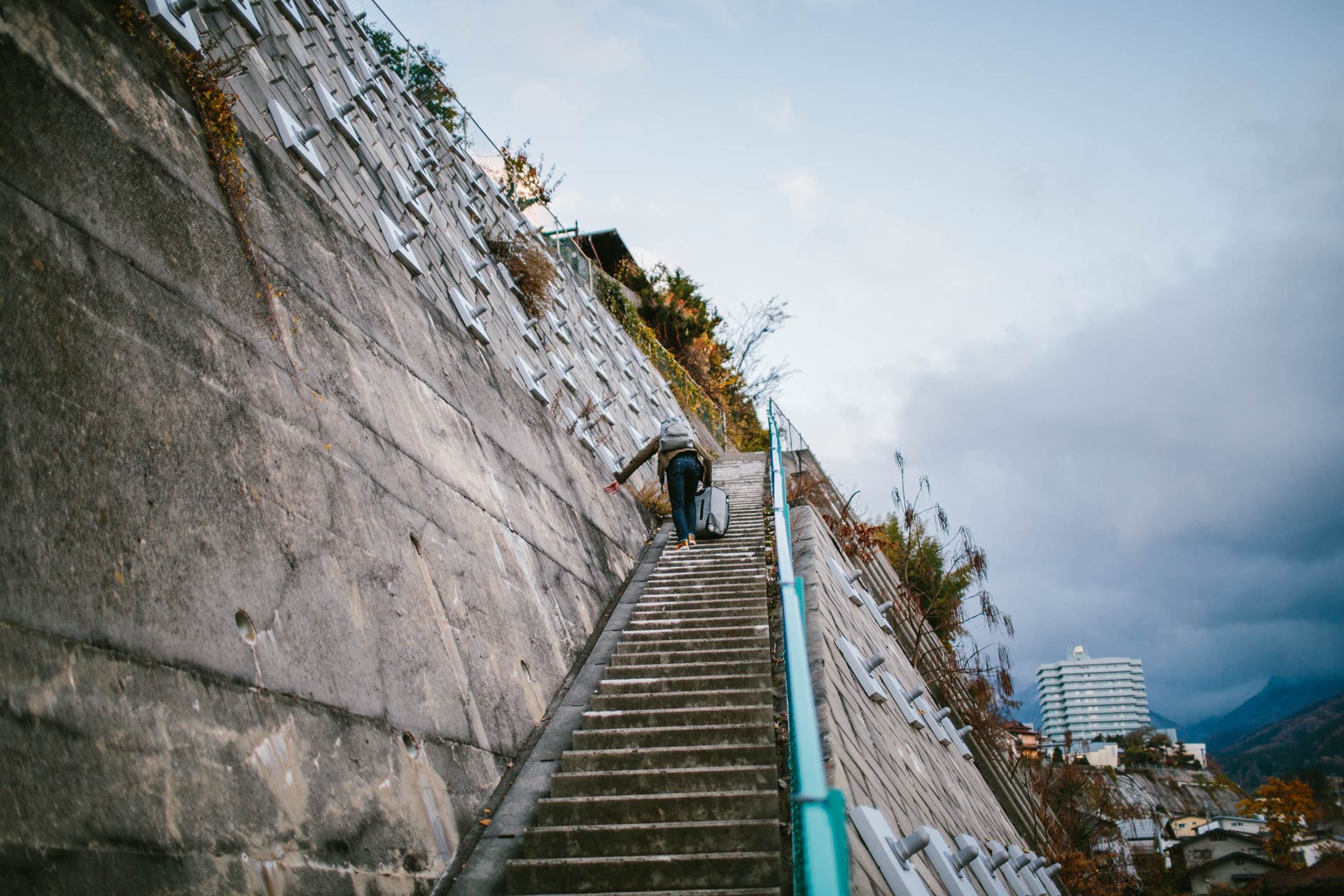
We reached the Ryokan Biyu no Yado, which was easily one of our favourite hotels from the entire trip. We admired the view from our balcony. Nestled amongst the mountains that circle the village in, Yudanaka was an incredible place to simply stare off at. Look down at the town and you’re greeted by intricate little roads and buildings that slowly trickle off into the mountains; squint hard enough and you’ll see tiny hints of hot spring smoke forming along these mountains.


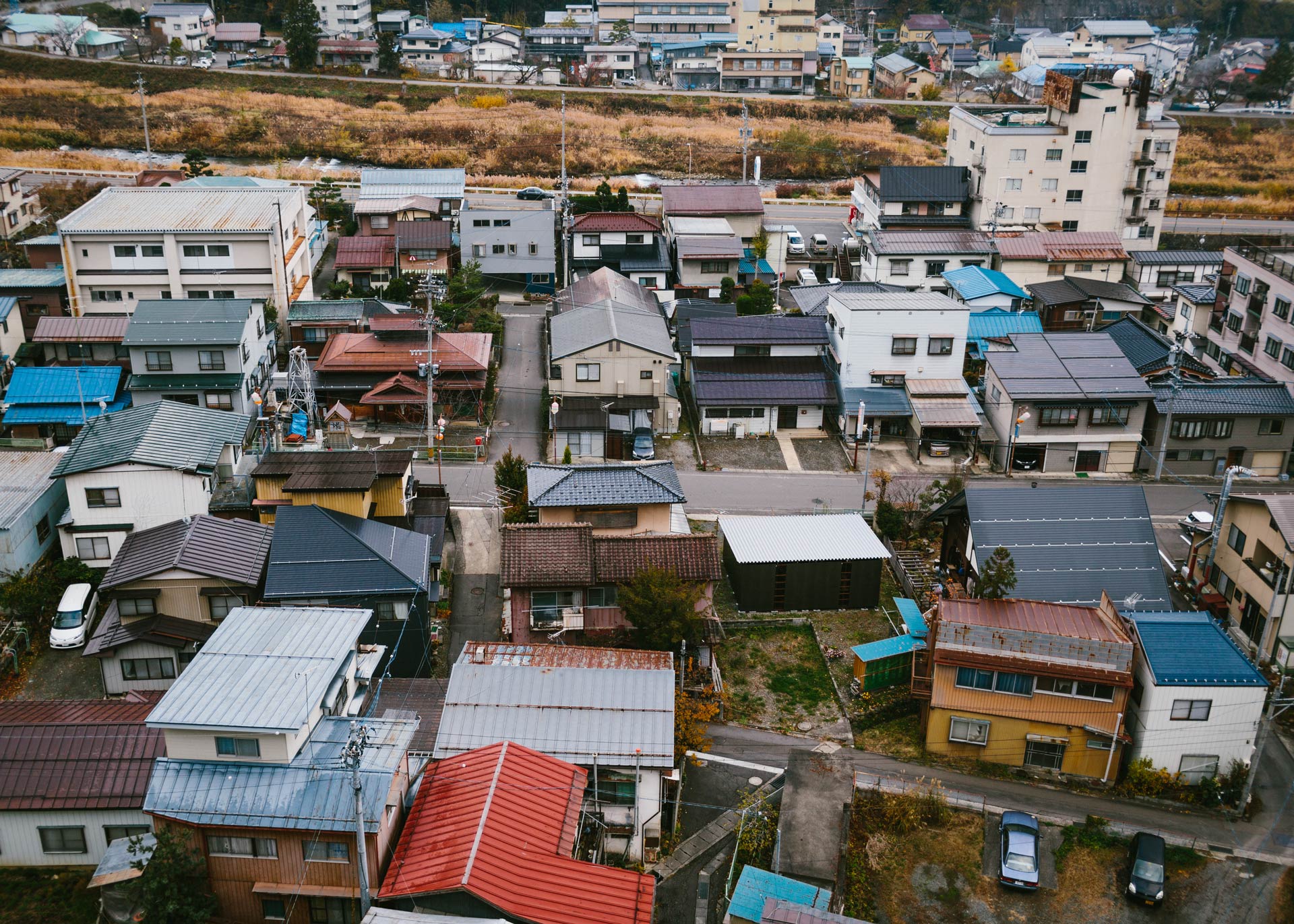
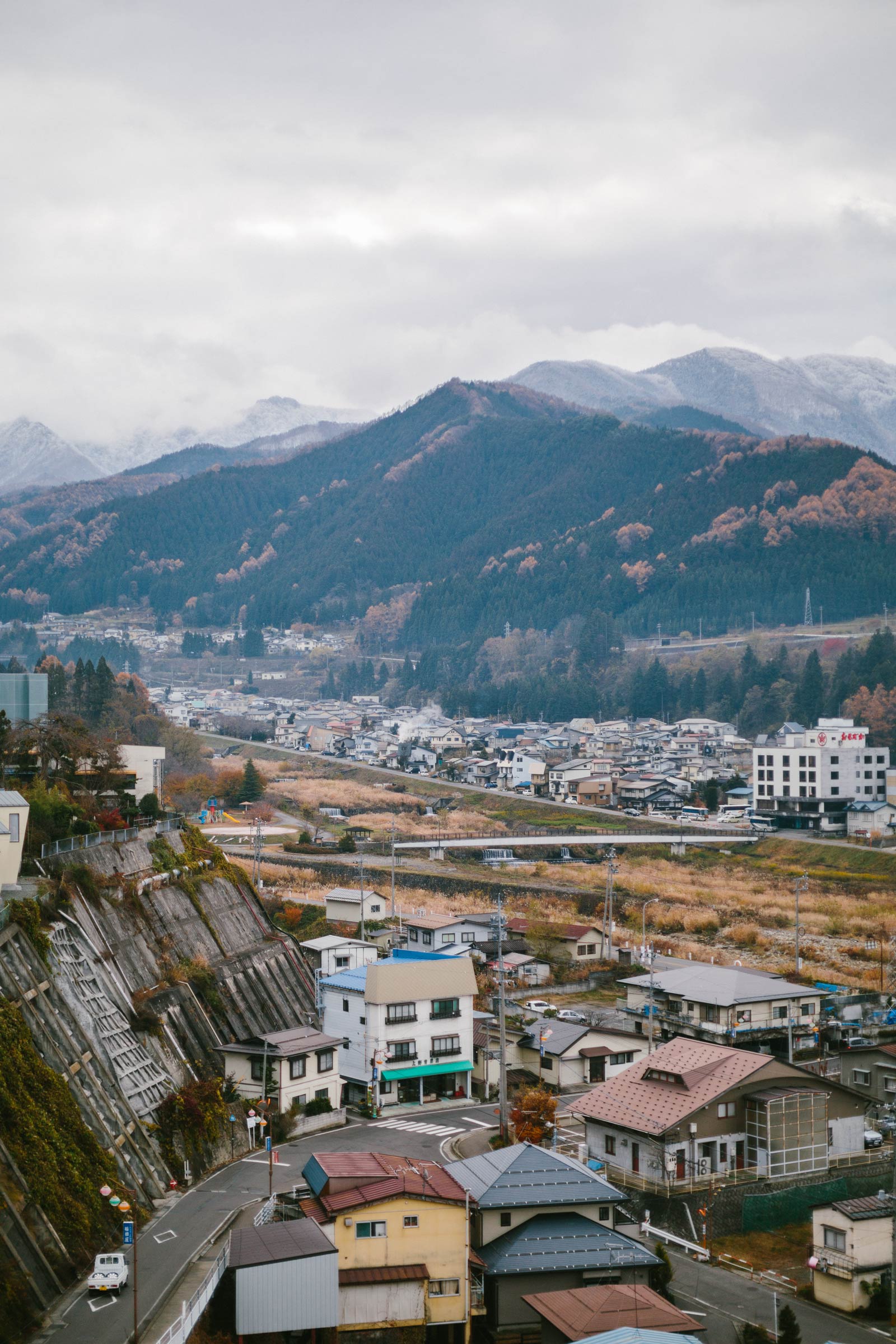


The water in our balcony onsen was actually funnelled in from one of these hot springs and there was nothing we wanted to do more than enjoy it. We jumped into our yukatas, and headed down to dinner — another kaiseki, albeit a tastier one that we paired with some sake. The hotel owners came to check in on us at dinner and, despite living in this most remote area of Japan, we were surprised to find they spoke perfect english (better than anything we had encountered in Tokyo) and have a daughter attending U of T. We talked about Toronto, they thanked us for staying at their hotel, and then filled us in on the fact that we had the only private onsen in the entire ryokan. They told us a little bit about the history behind the hot springs and how special the room was — it was a nice touch to a very memorable dinner. We felt completely taken care of and humbled by their service. After dinner, we went and enjoyed the now-infamous onsen.
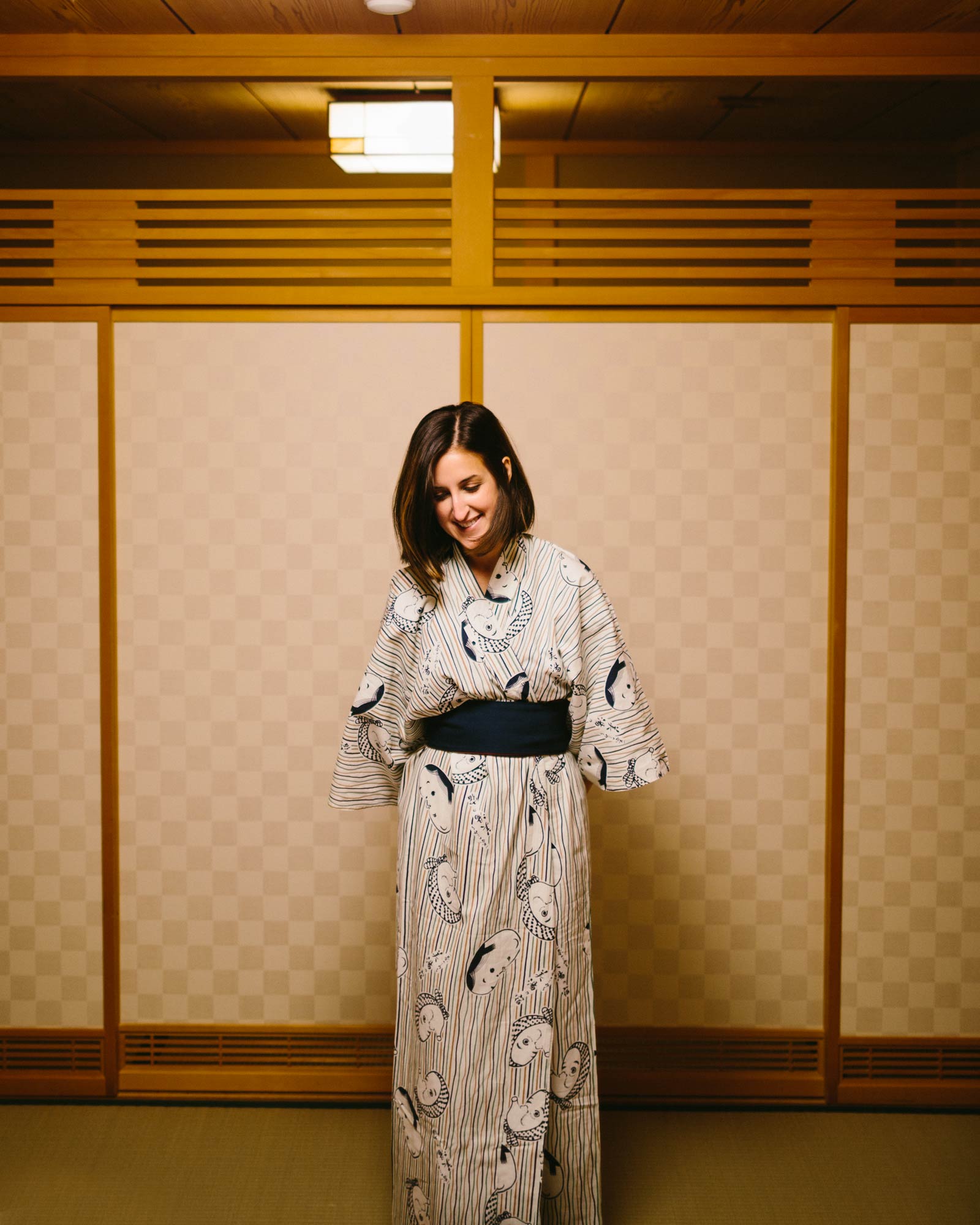
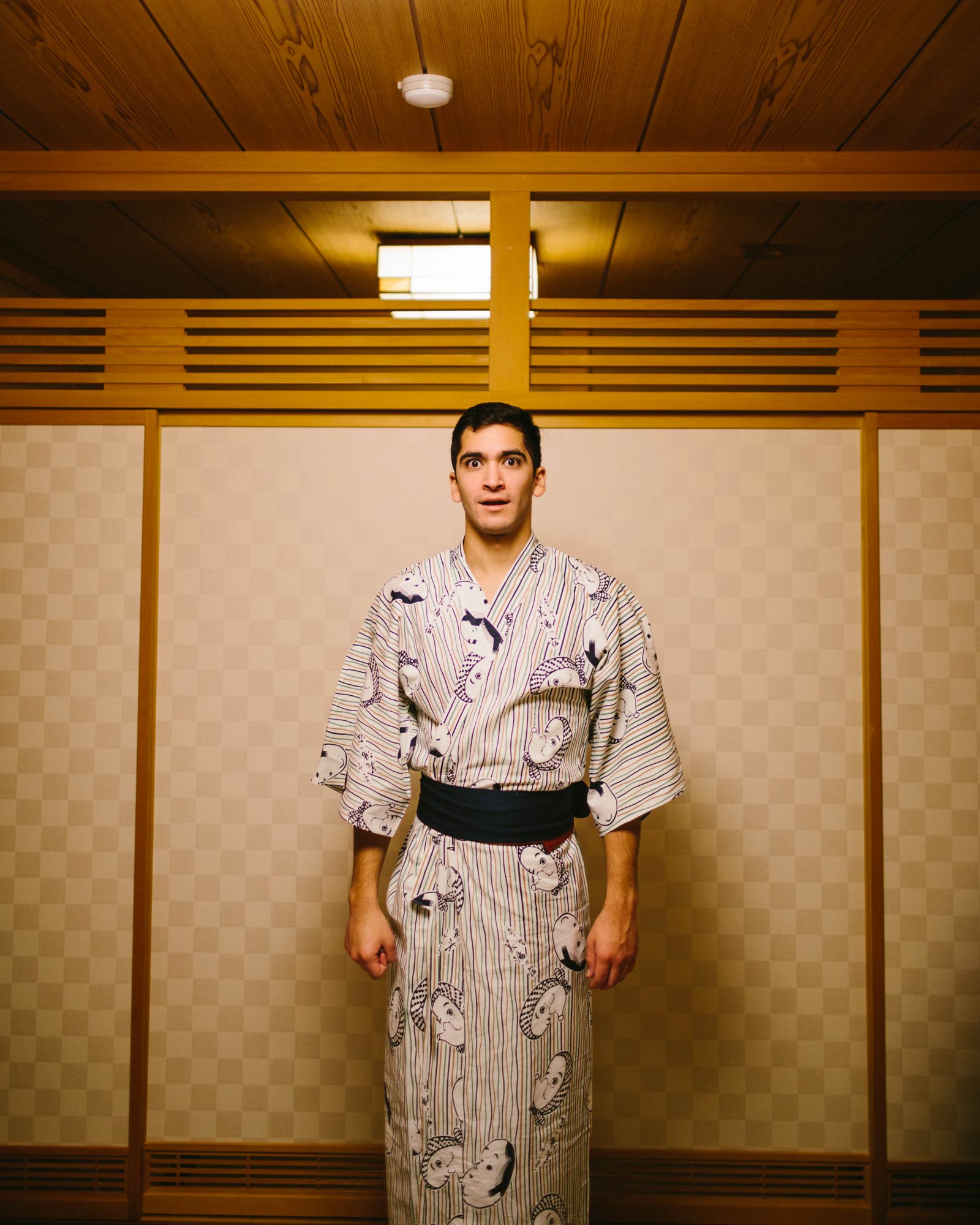
The next day, we made our way to the monkey park to see some free-roaming monkeys bask in their own private hot spring. Probably most famous in the winter, when the “snow monkeys” all settle into one hot spring to bathe each other, it was still quite the sight in the fall and the monkeys were a little more comfortable moving around, in and outside of the hot water. We had a long hike through the woods and up the mountain before reaching the park itself — which was a welcome surprise.
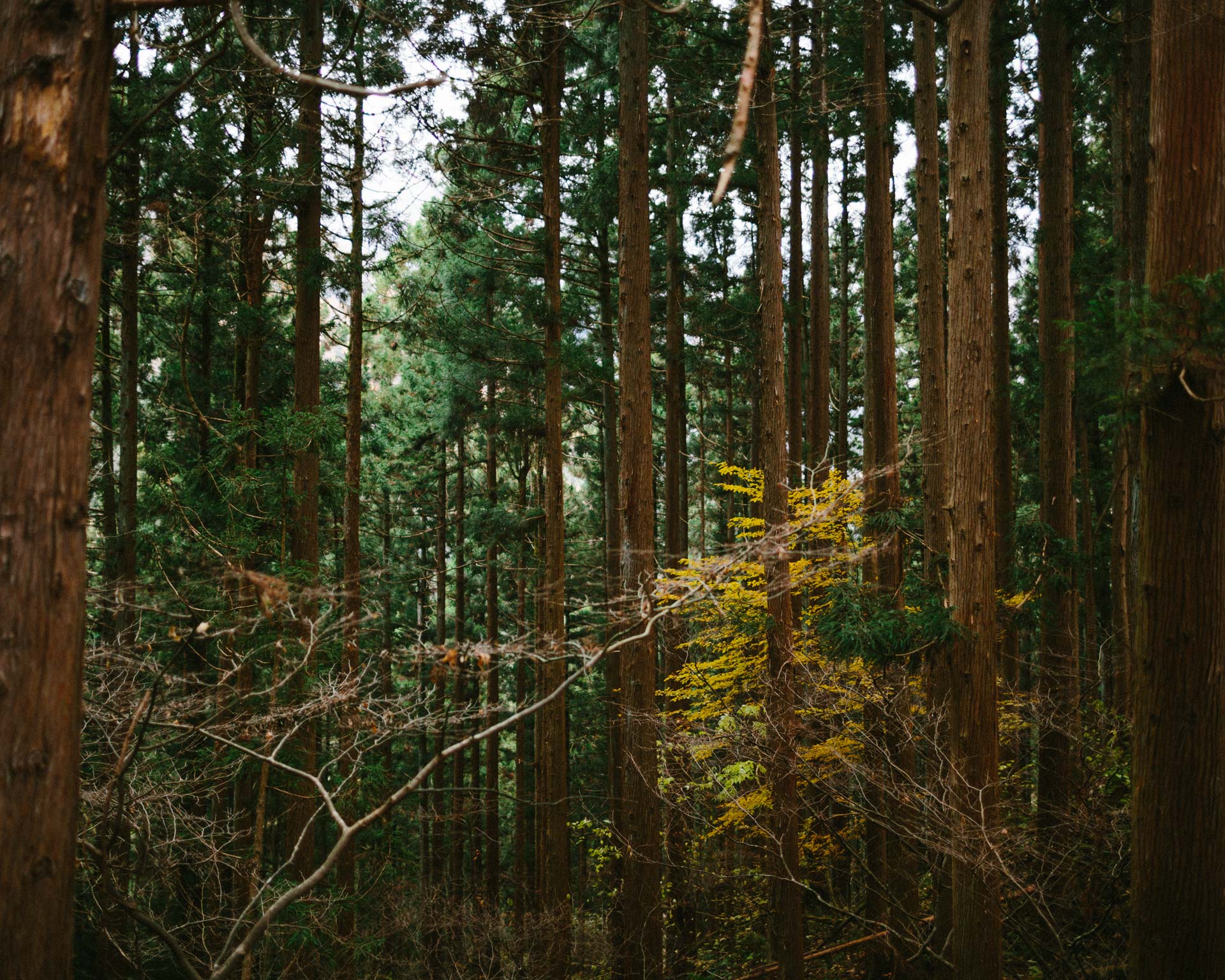

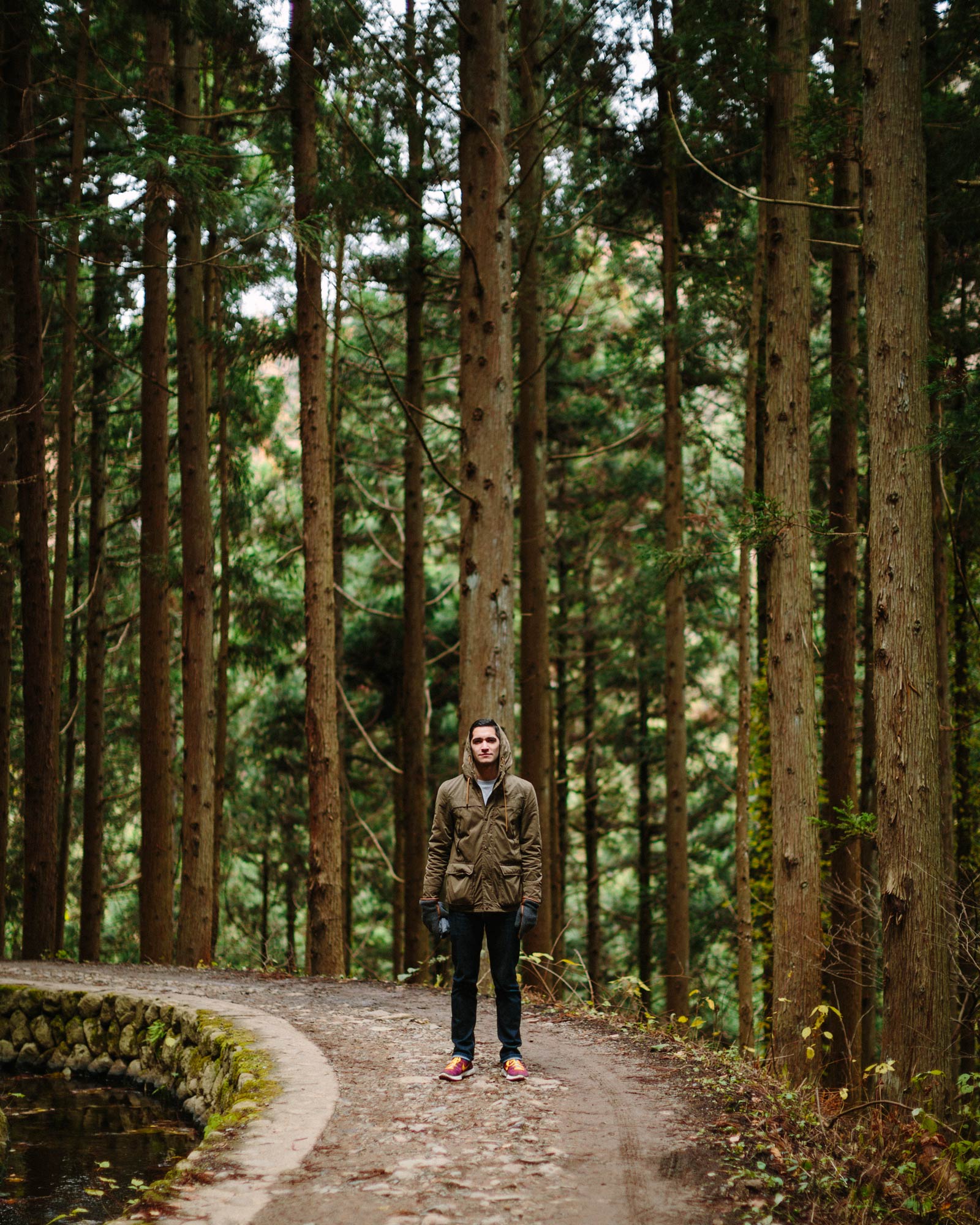

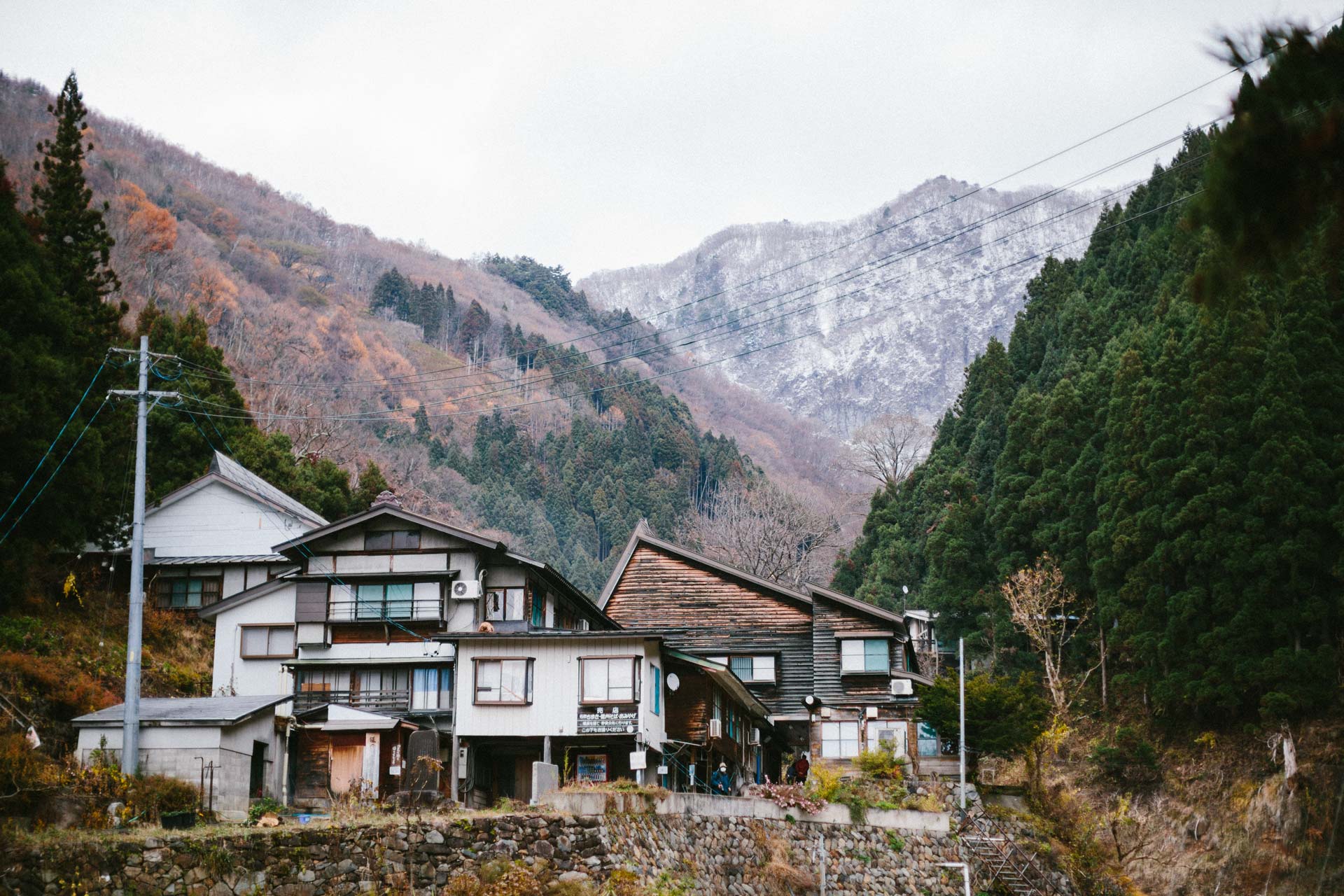

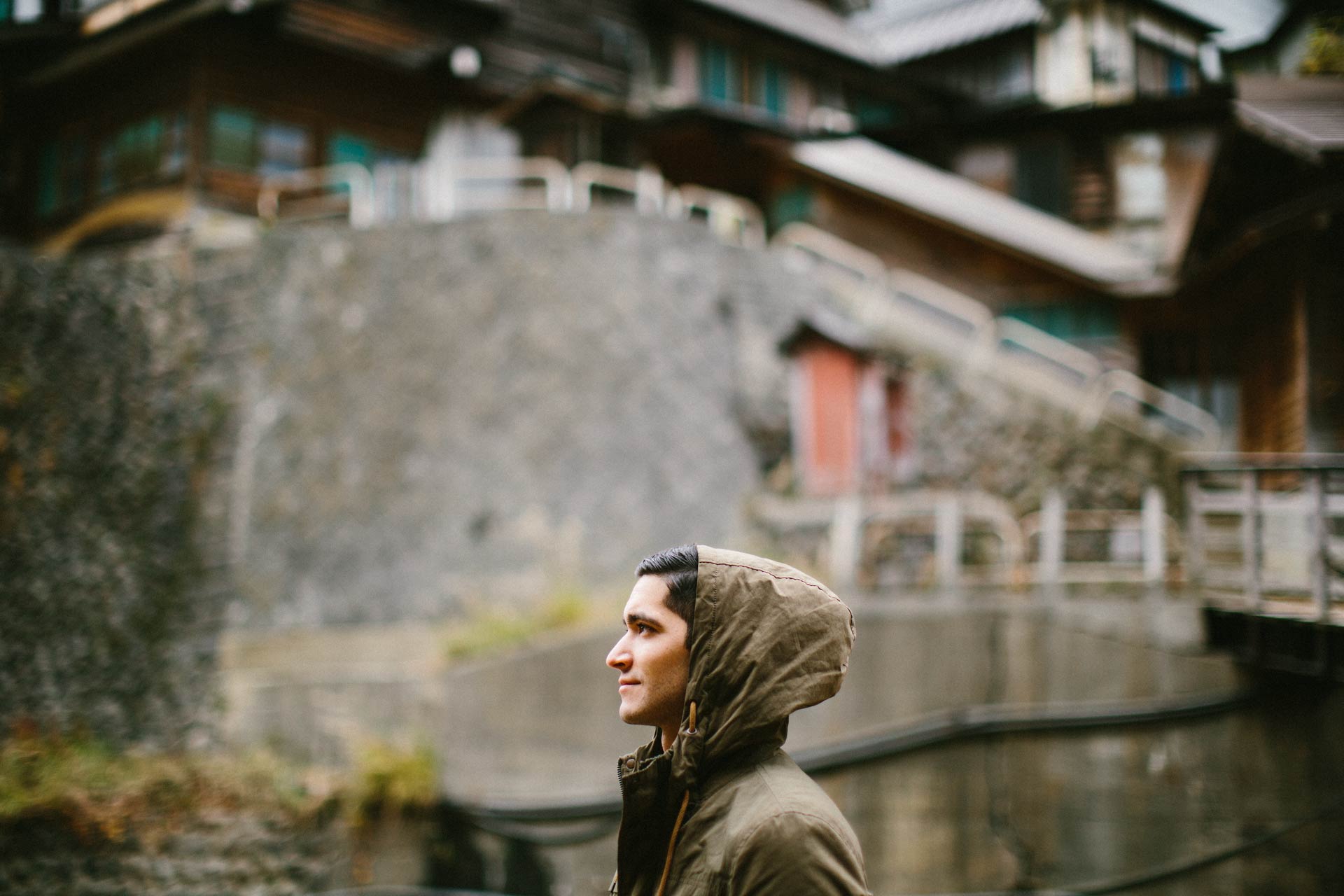
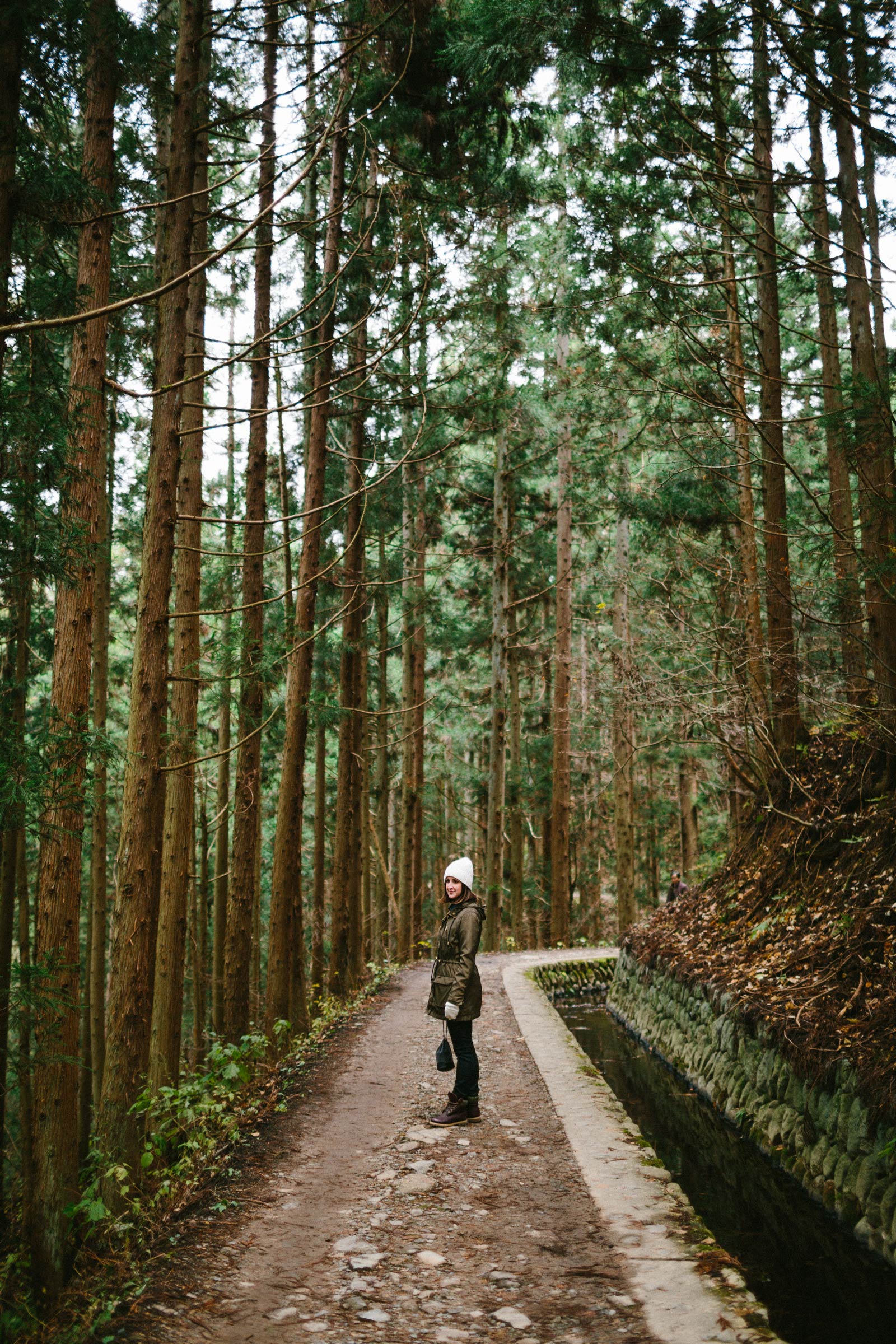
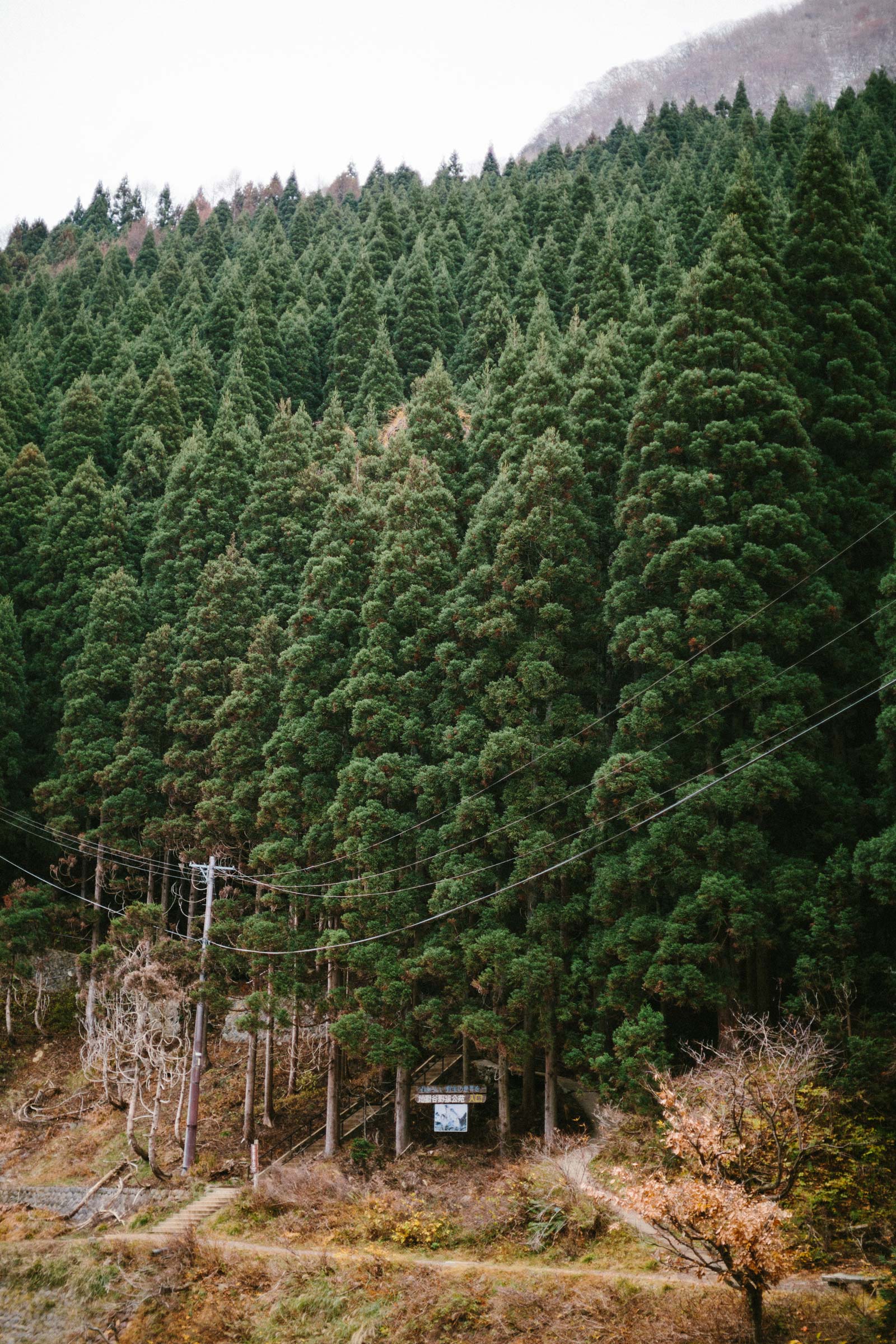
I’m trying to find a word other than amazing or breathtaking to describe both the hike and our experience with these monkeys, since I’ve been throwing those descriptors around throughout the entire post. Astounding. let’s go with that. The monkeys were simply at peace enjoying their baths. They either weren’t fully aware of or fully didn’t care about all the guests around them snapping away on their cameras. Did we not have a train to Kyoto to catch, we could’ve spent hours staring at these lovely creatures.
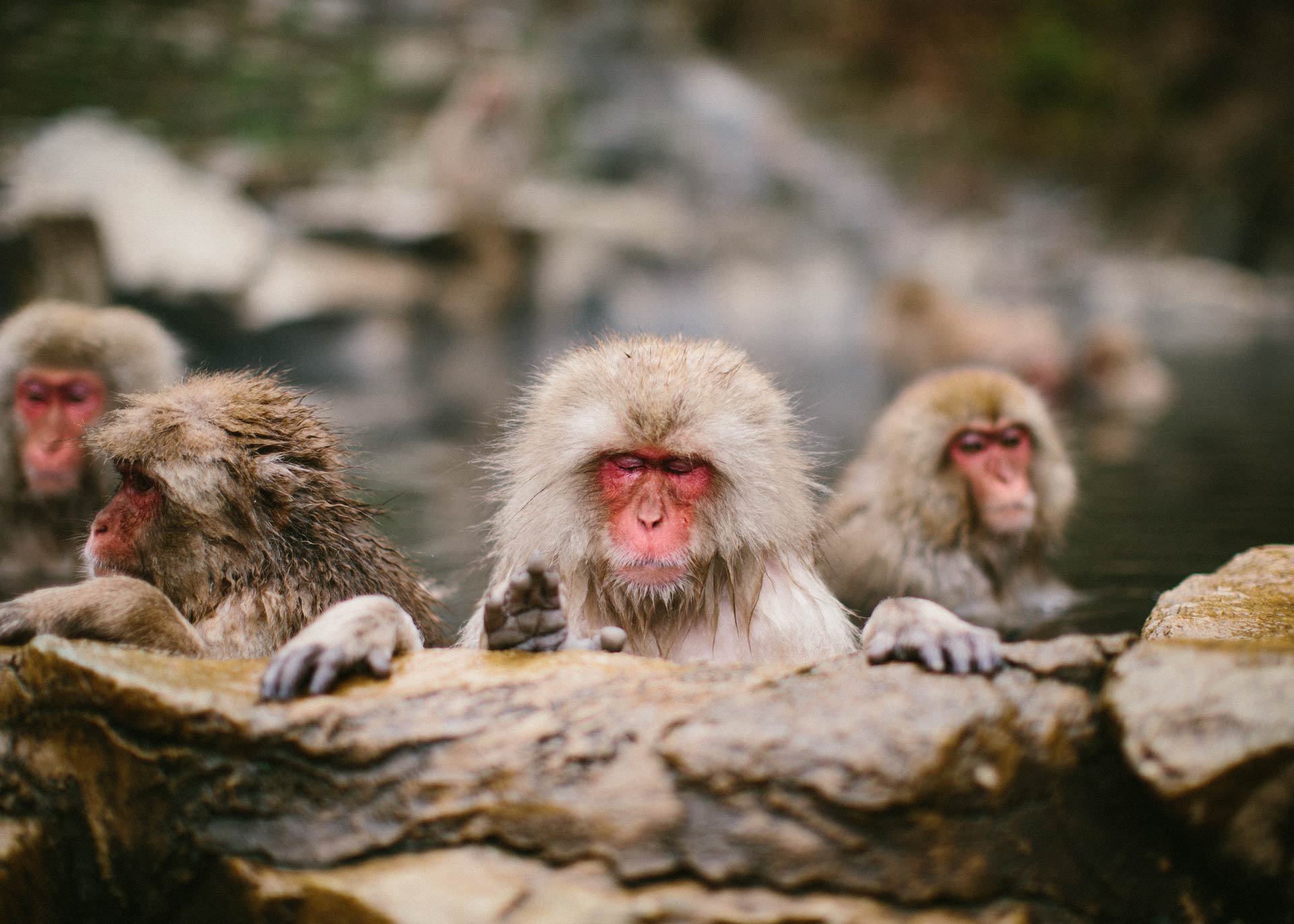
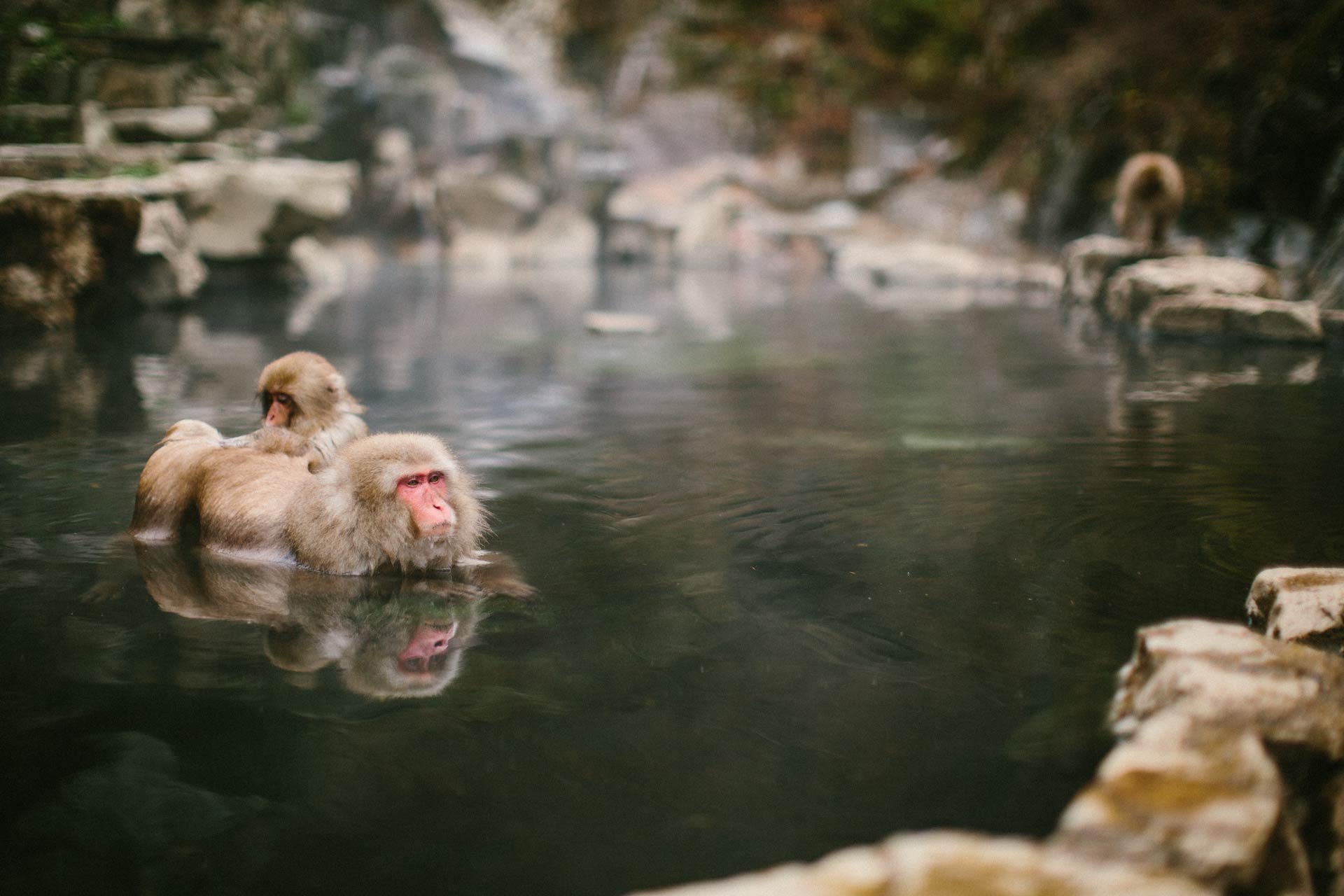
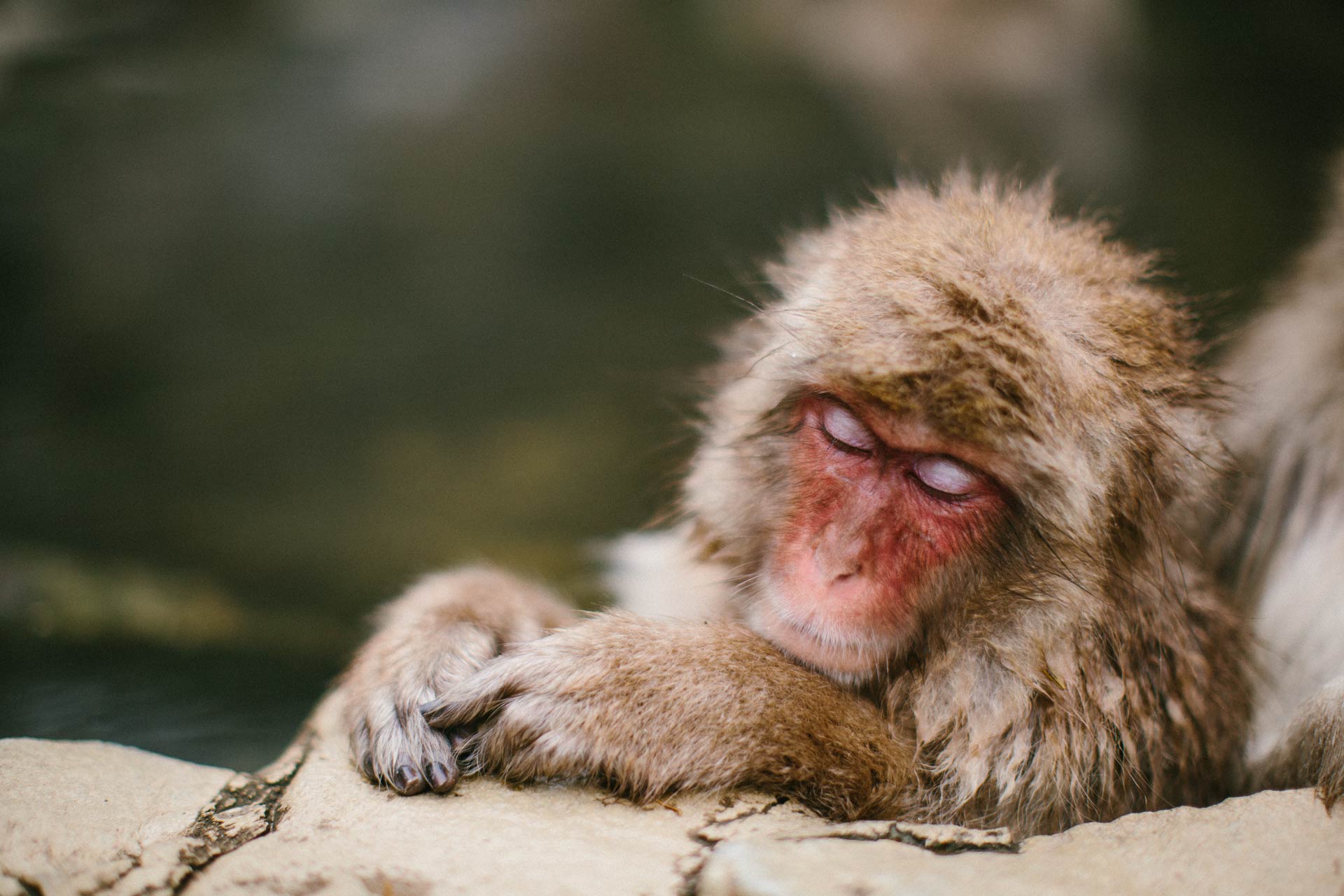
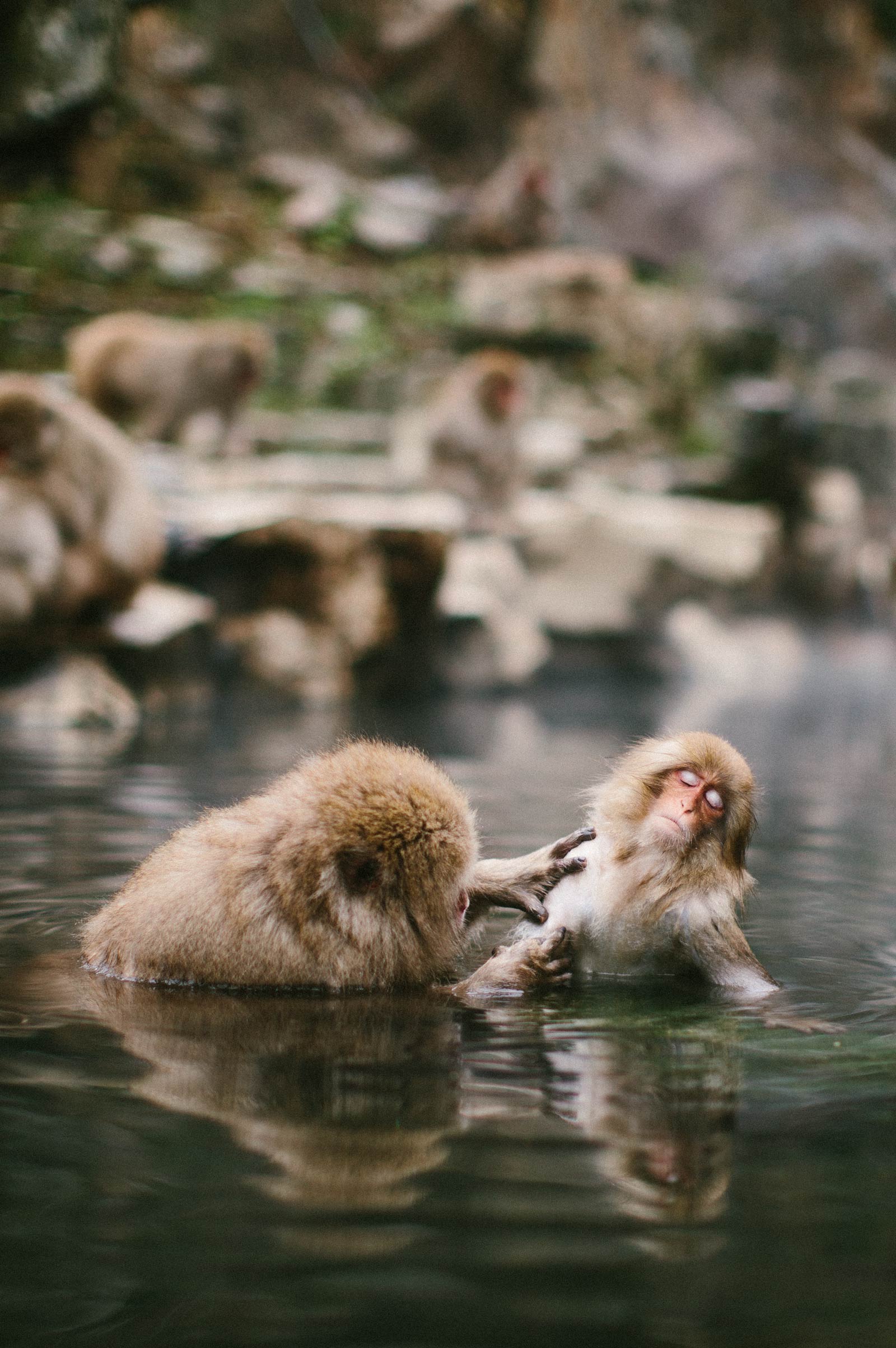
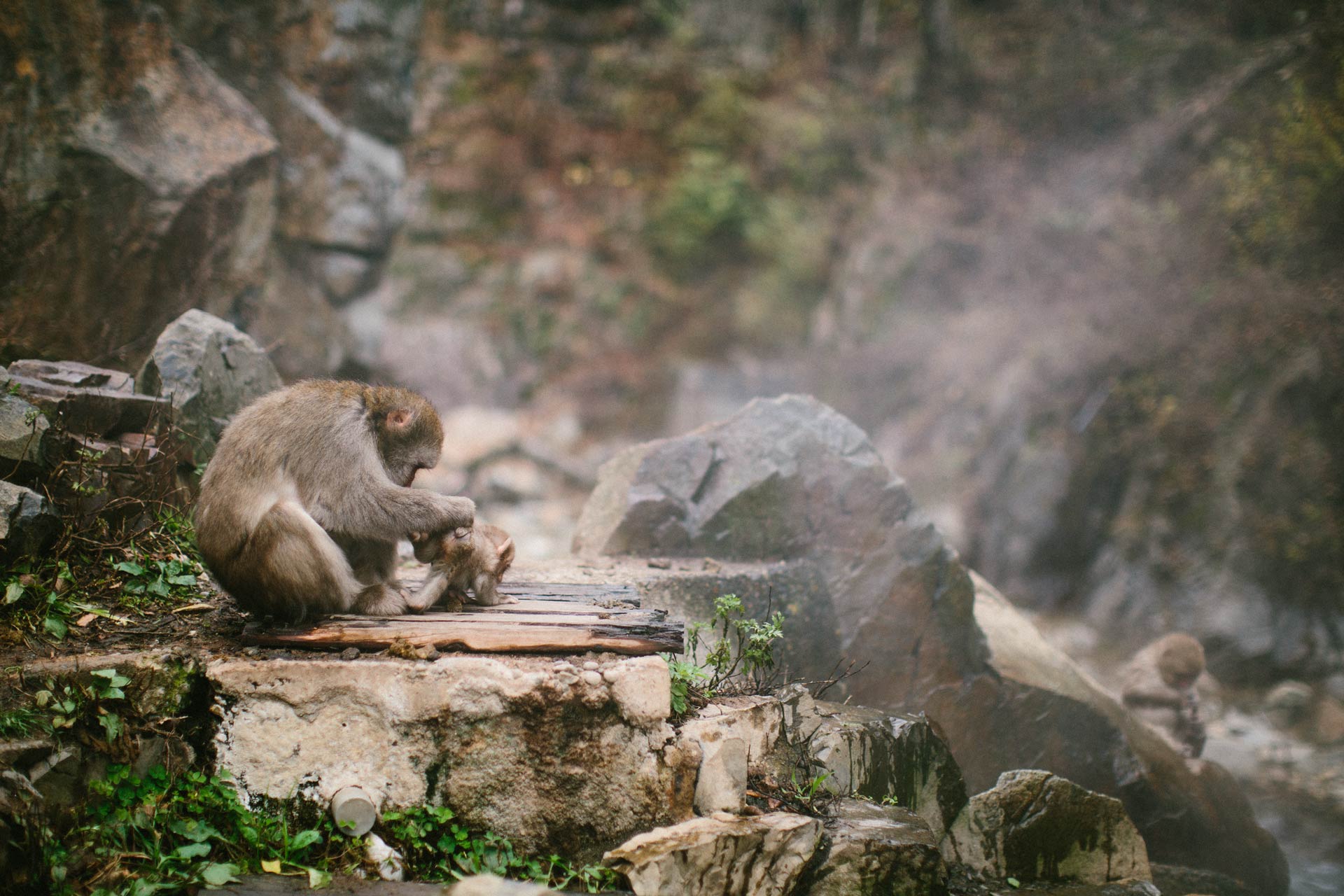
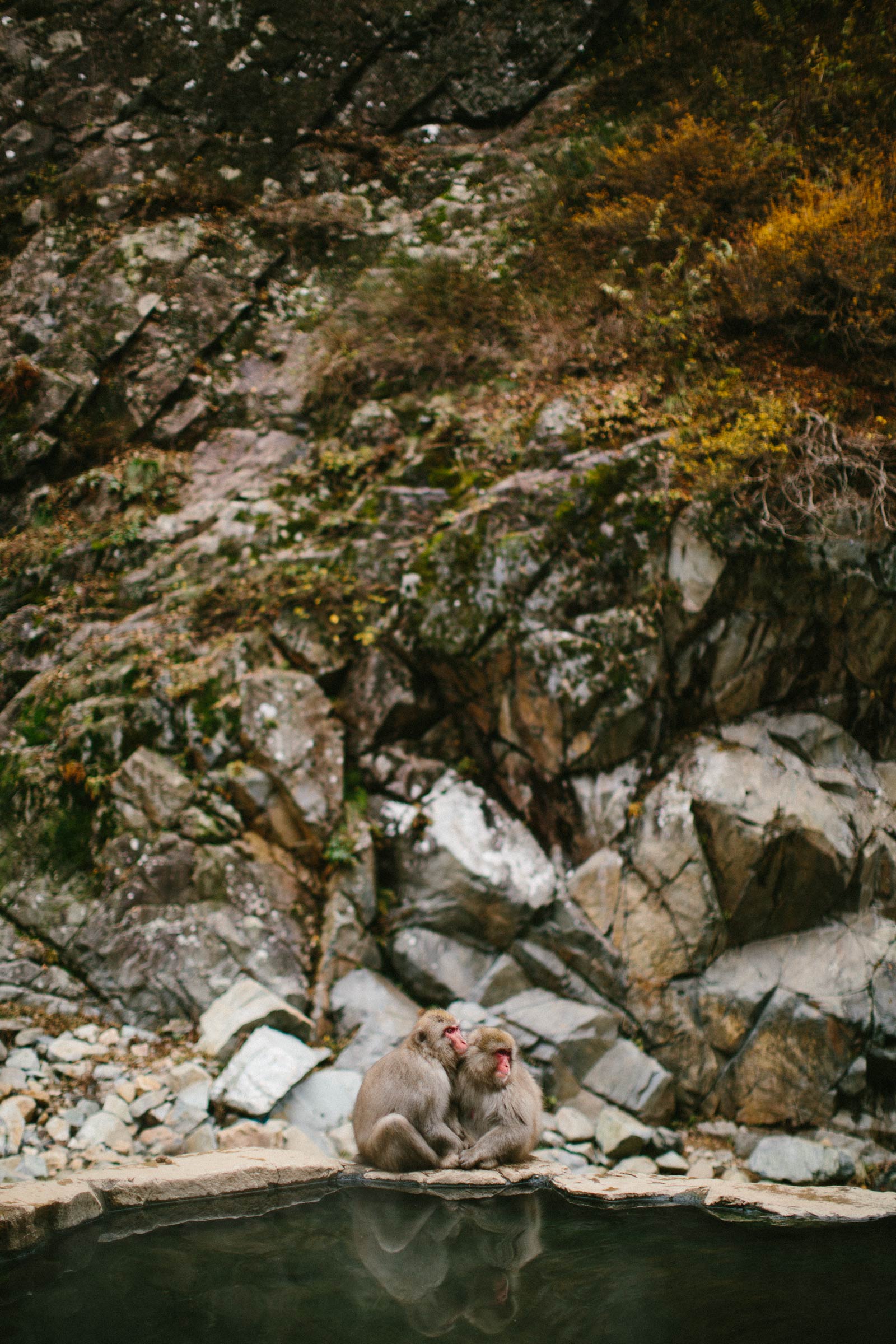

We ran the winding paths back to our hotel shuttle. They brought our bags and took us to the train station just in time to start making our way south to Kyoto. We had a long journey back and a lot more of Japan to experience, but were still in awe at everything we had seen and done in just two days. We had so much to talk about and relive. We also had a lot more Breaking Bad to get through.
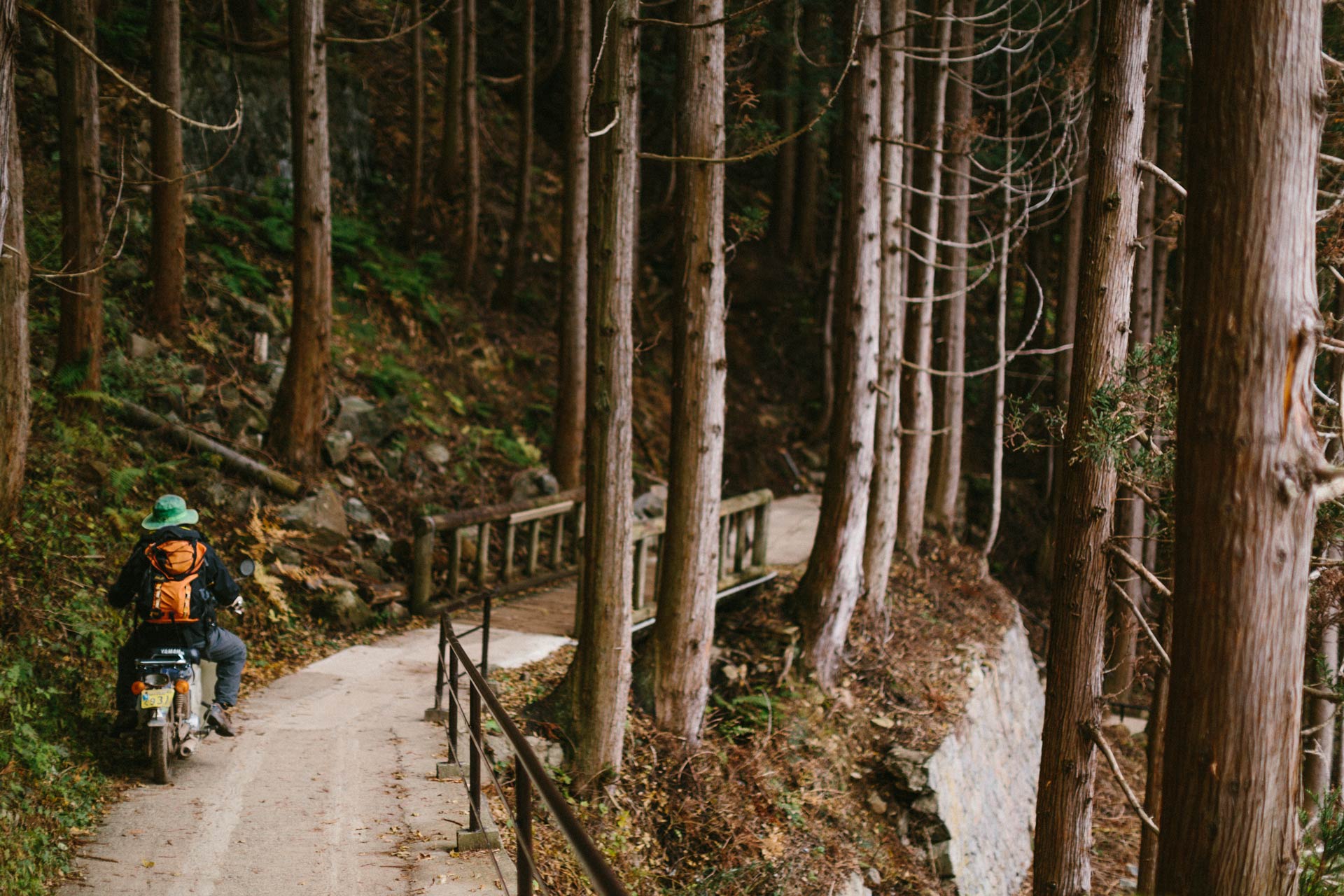

Our next post will see us making our way through Kyoto, Osaka, And Fukuoka. You can find that post here!